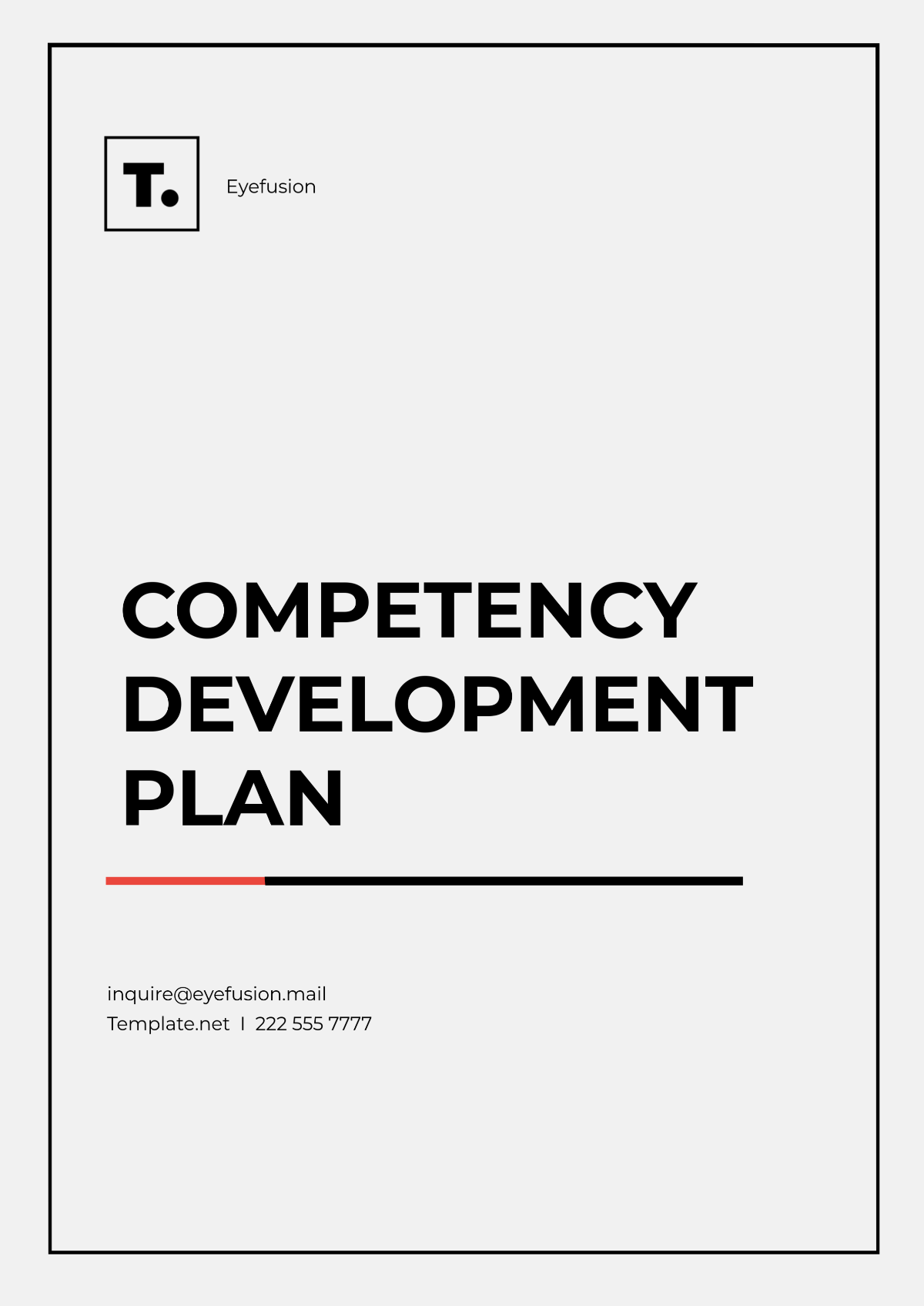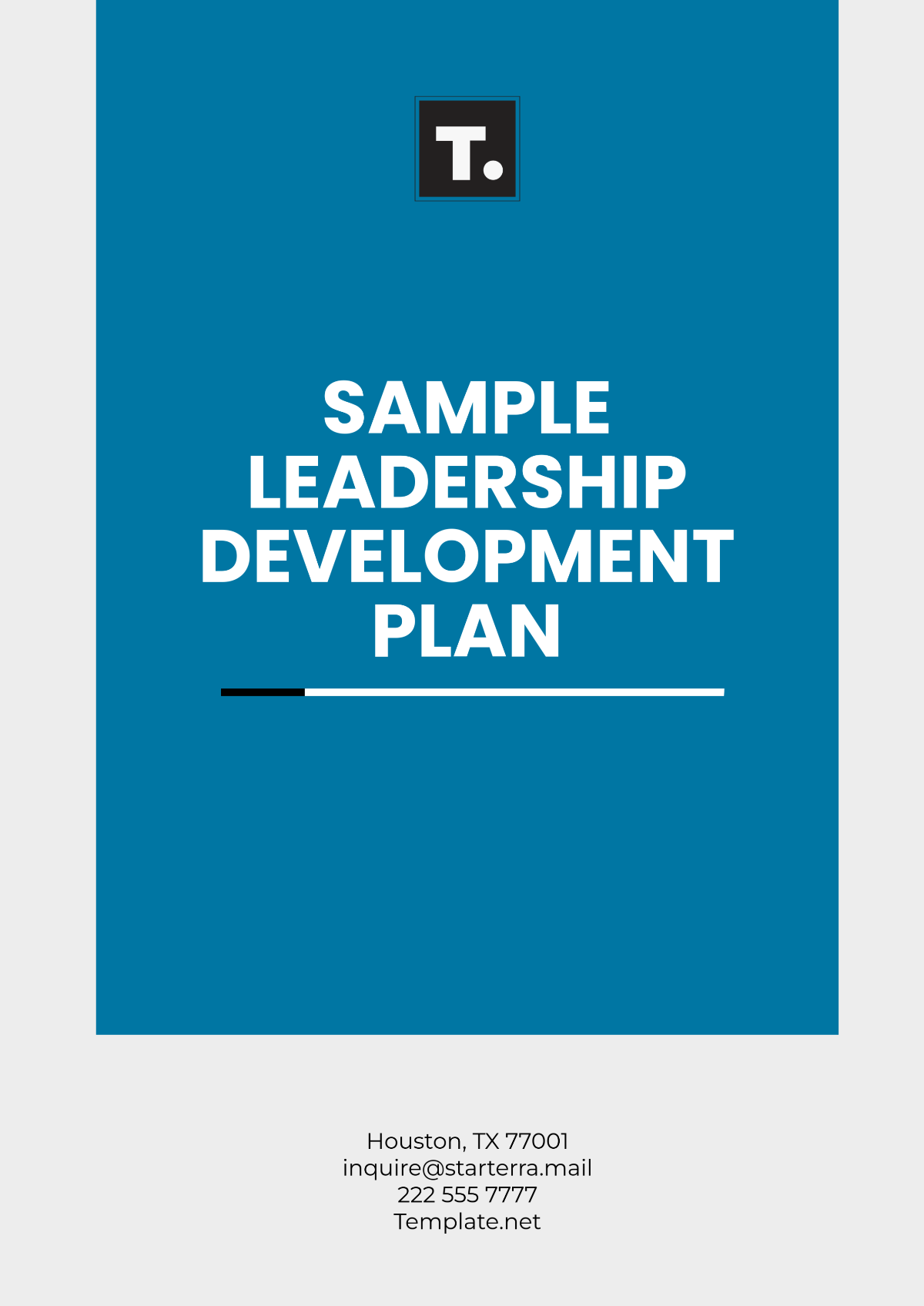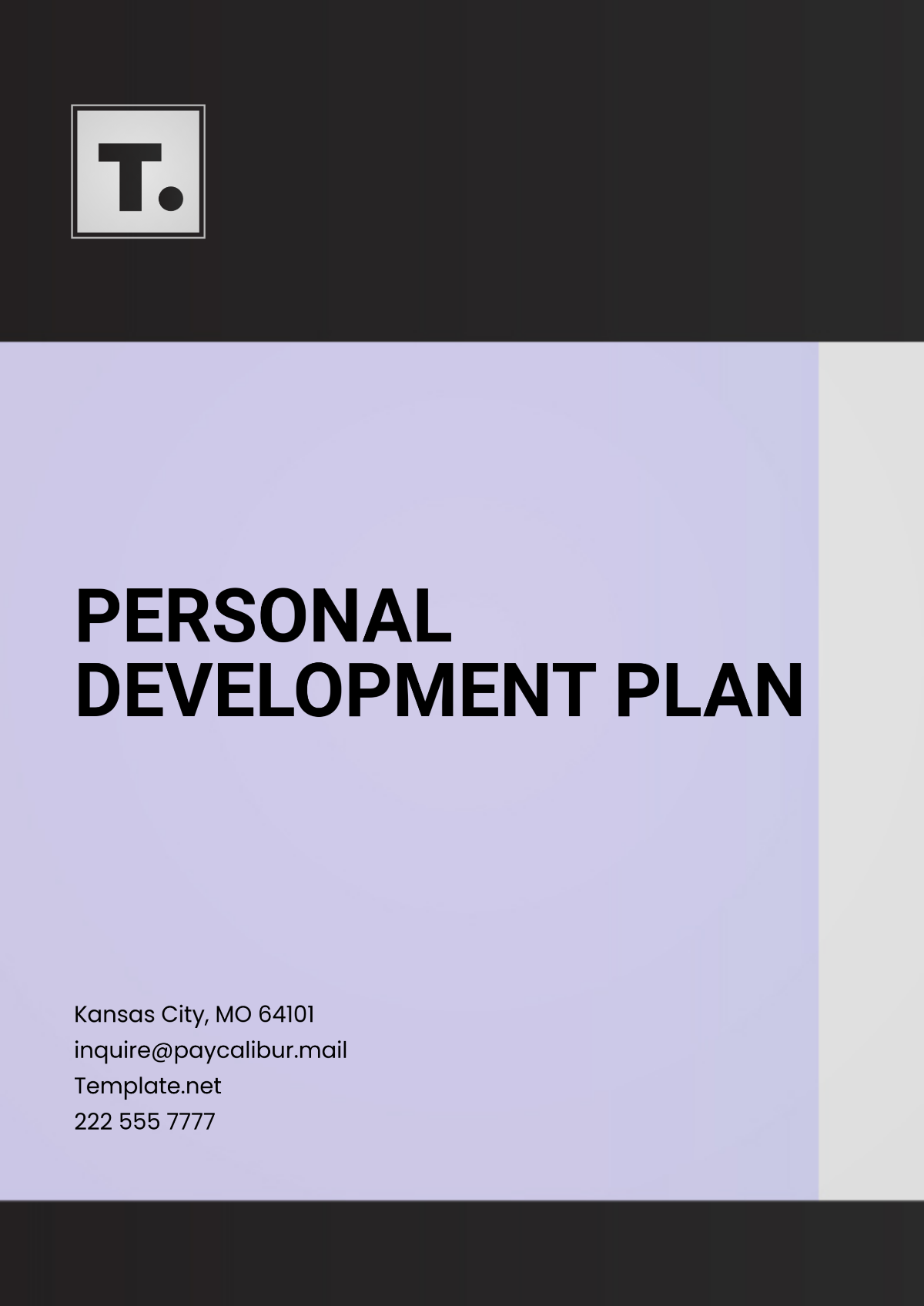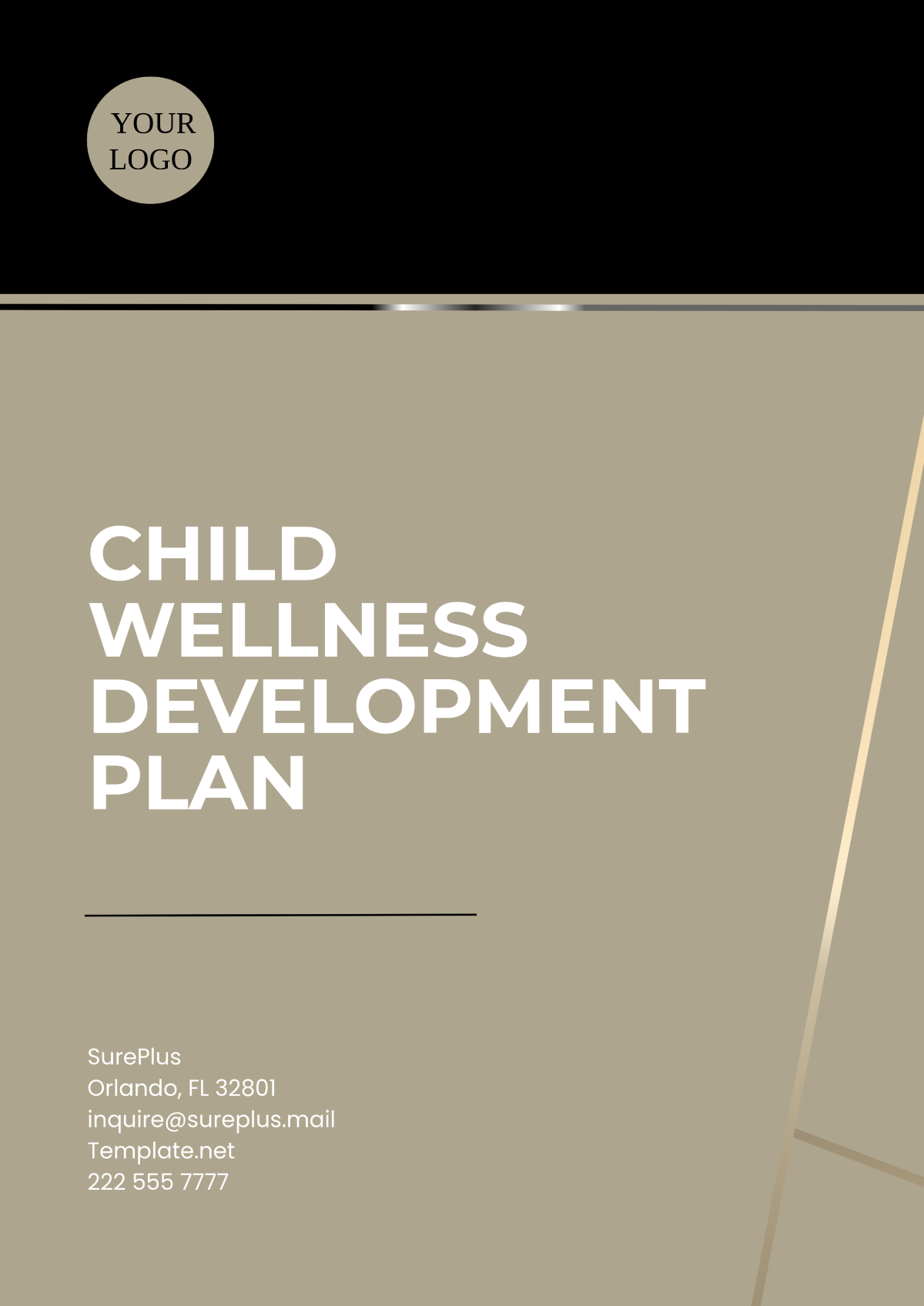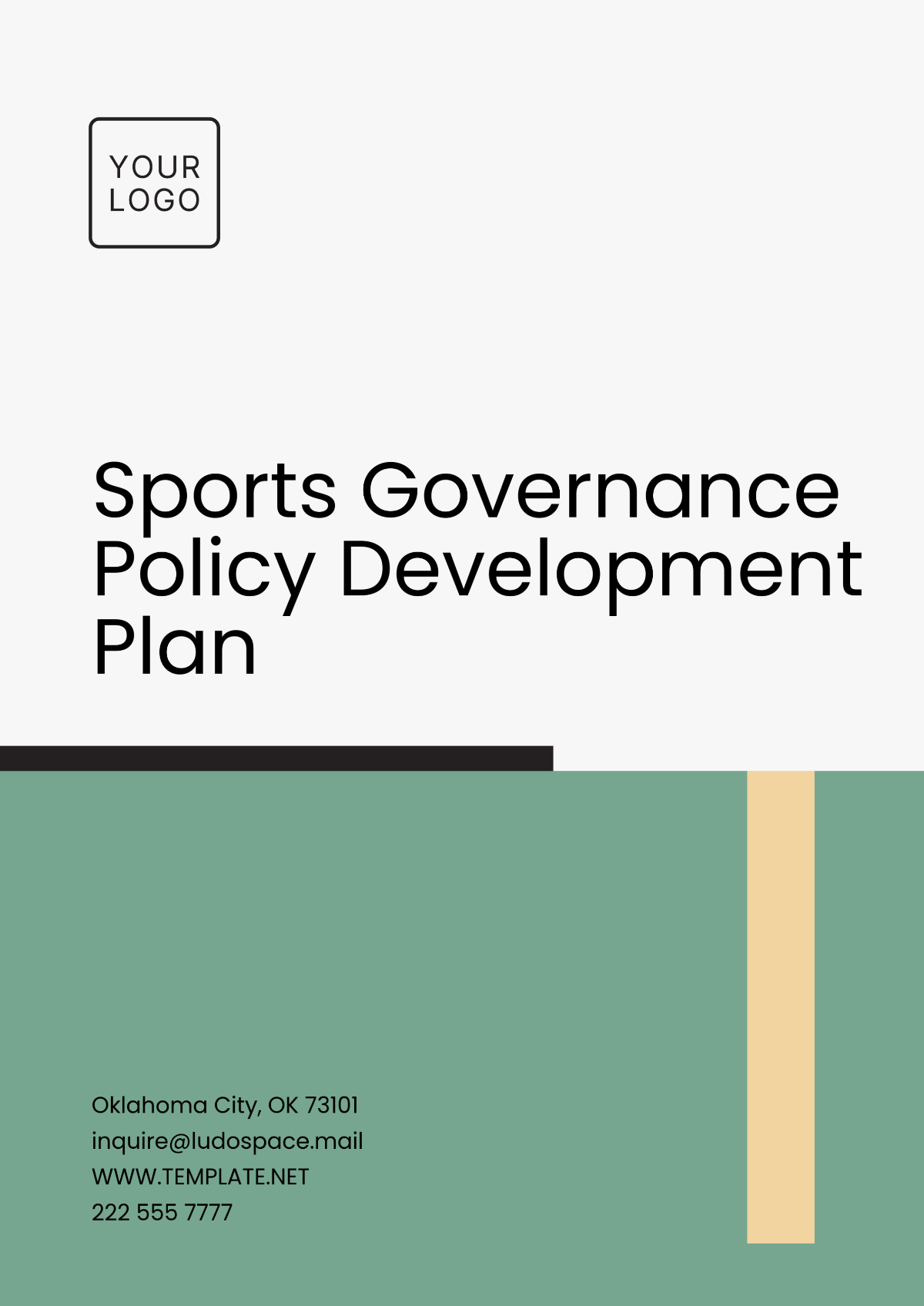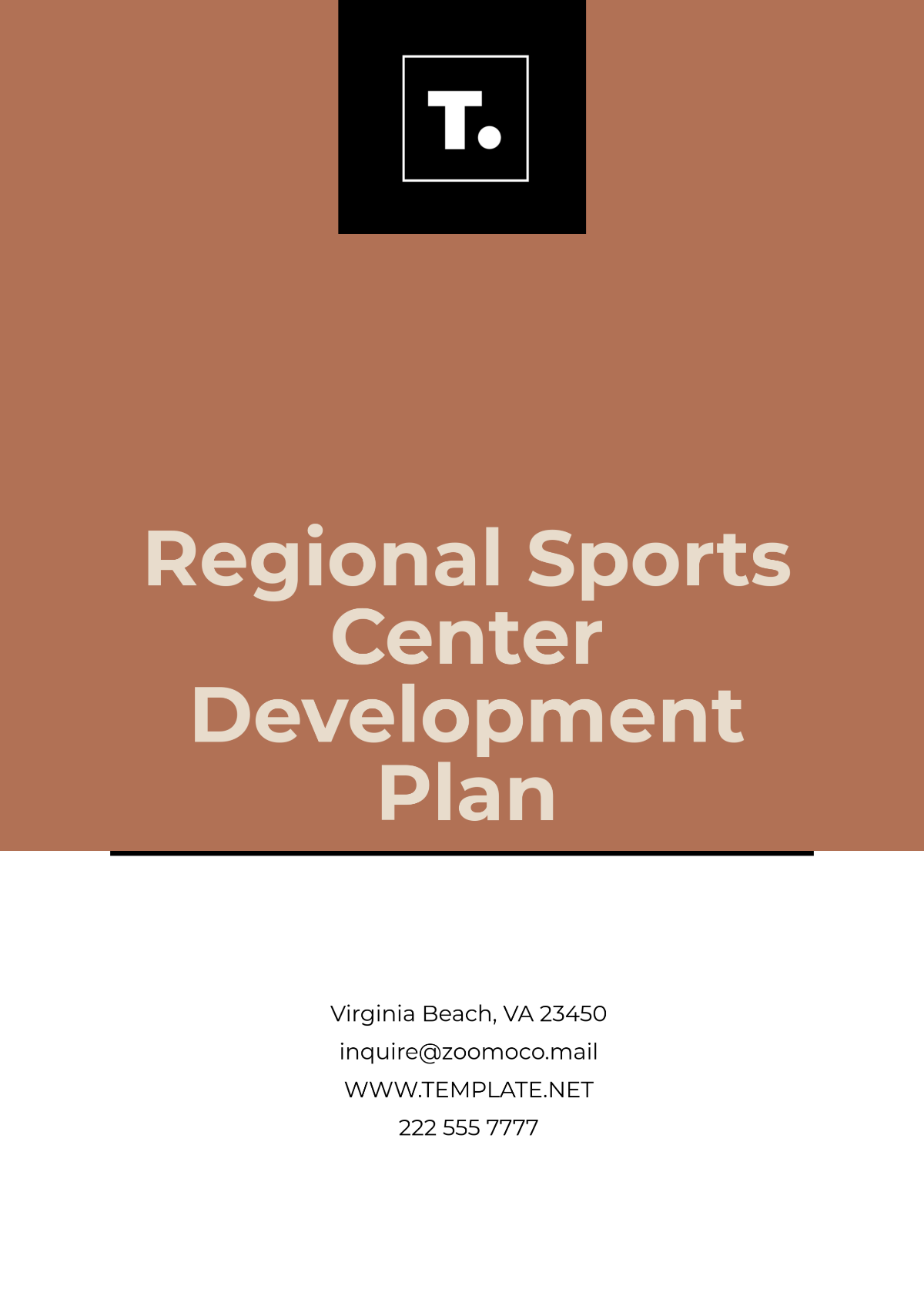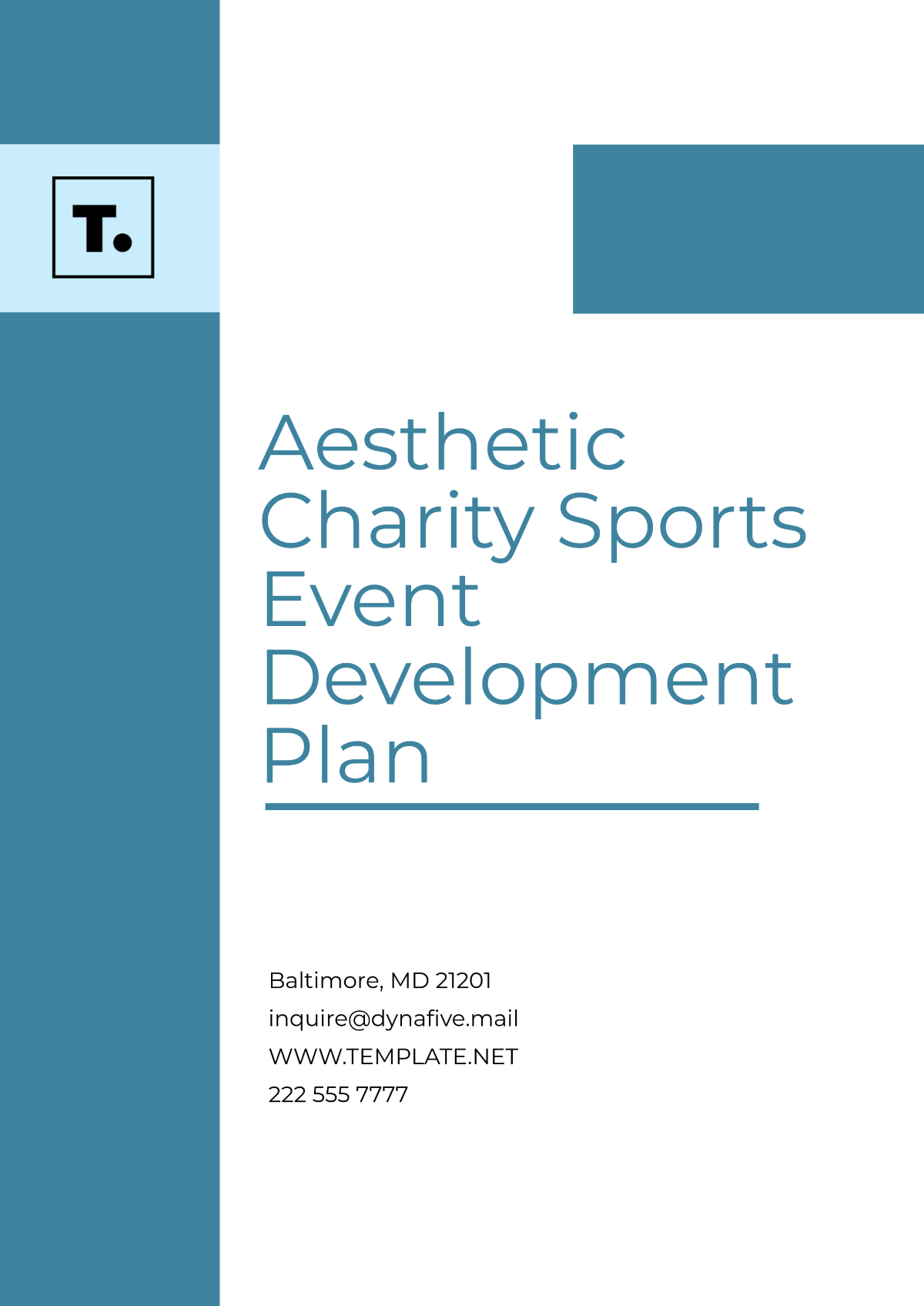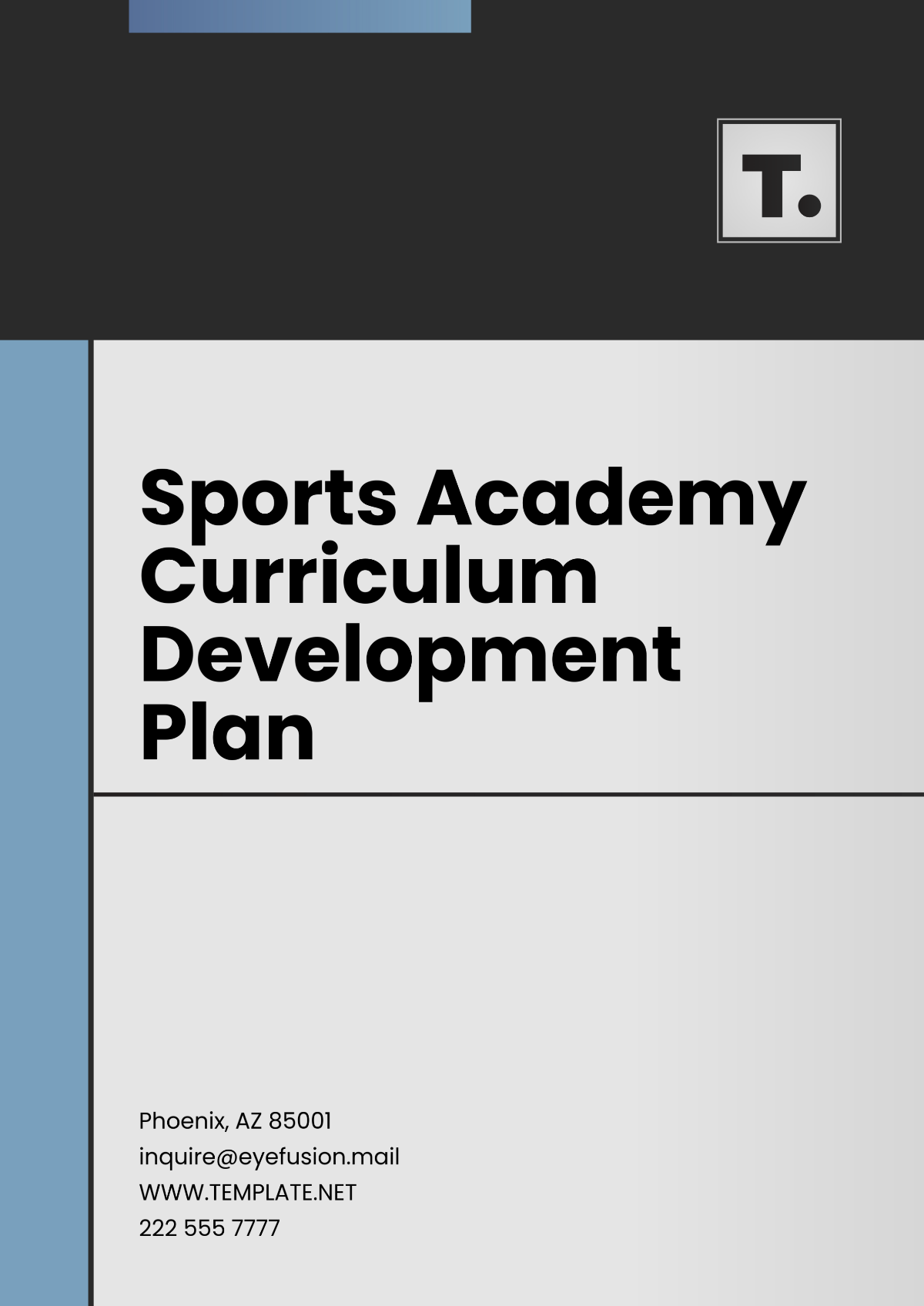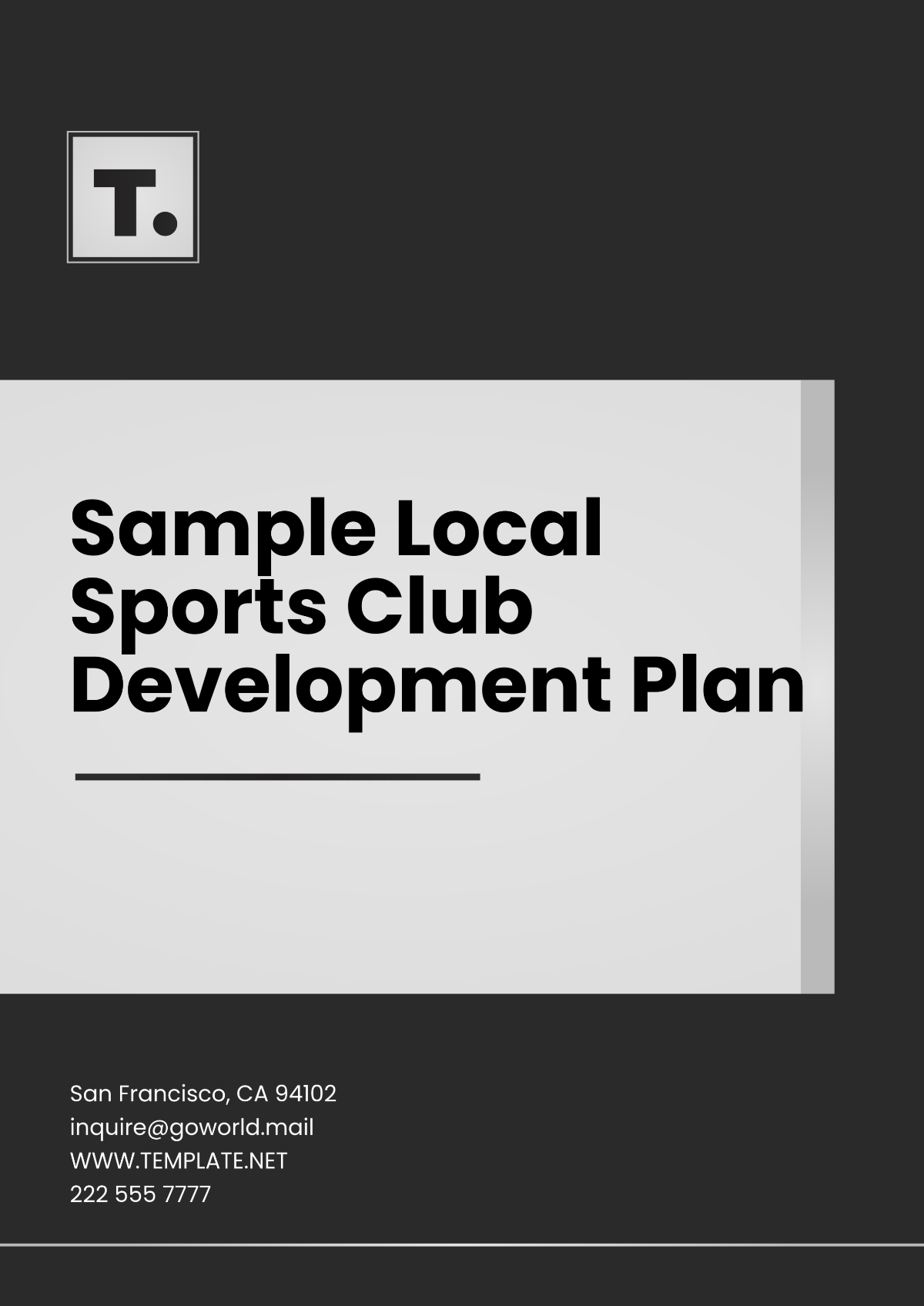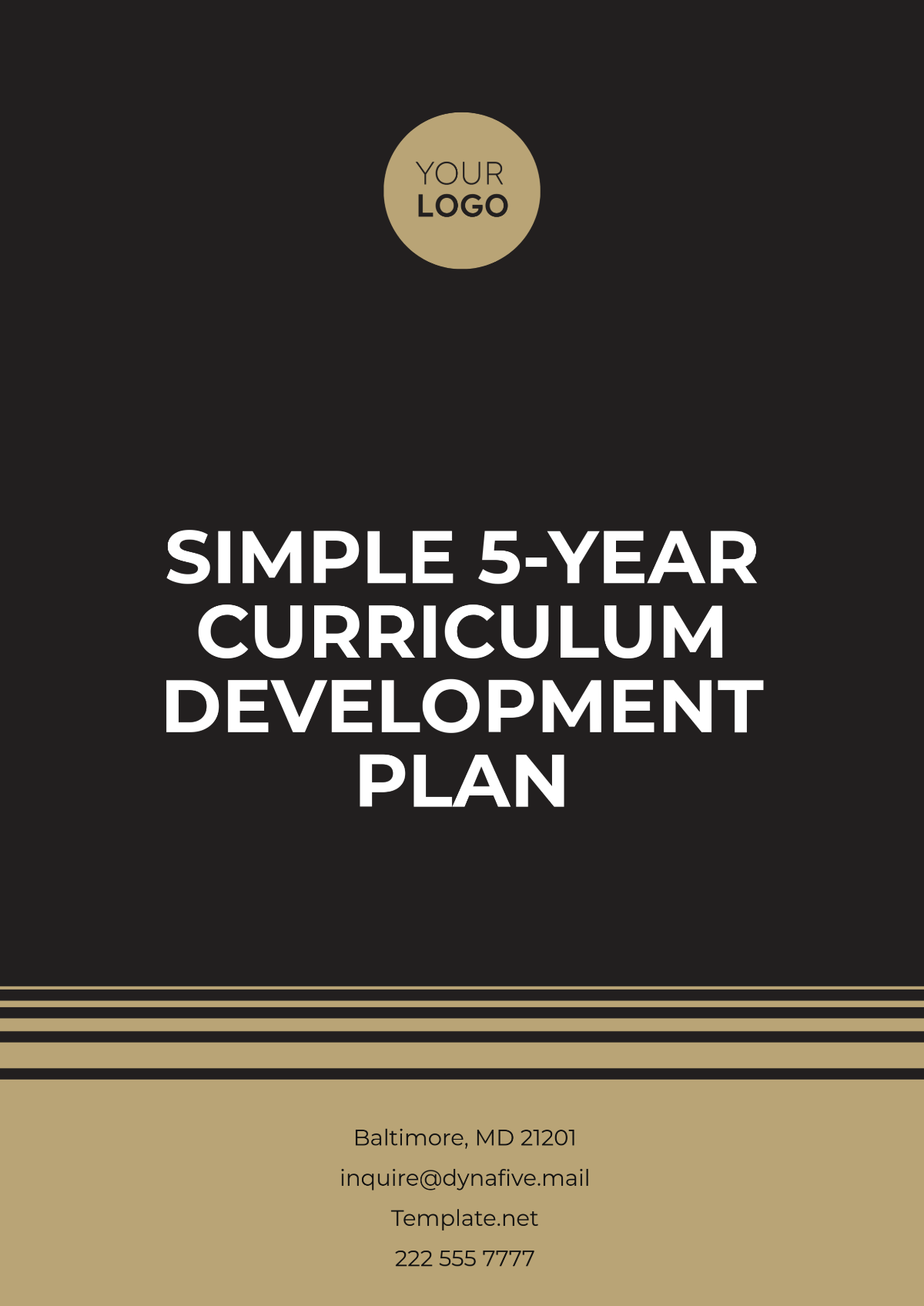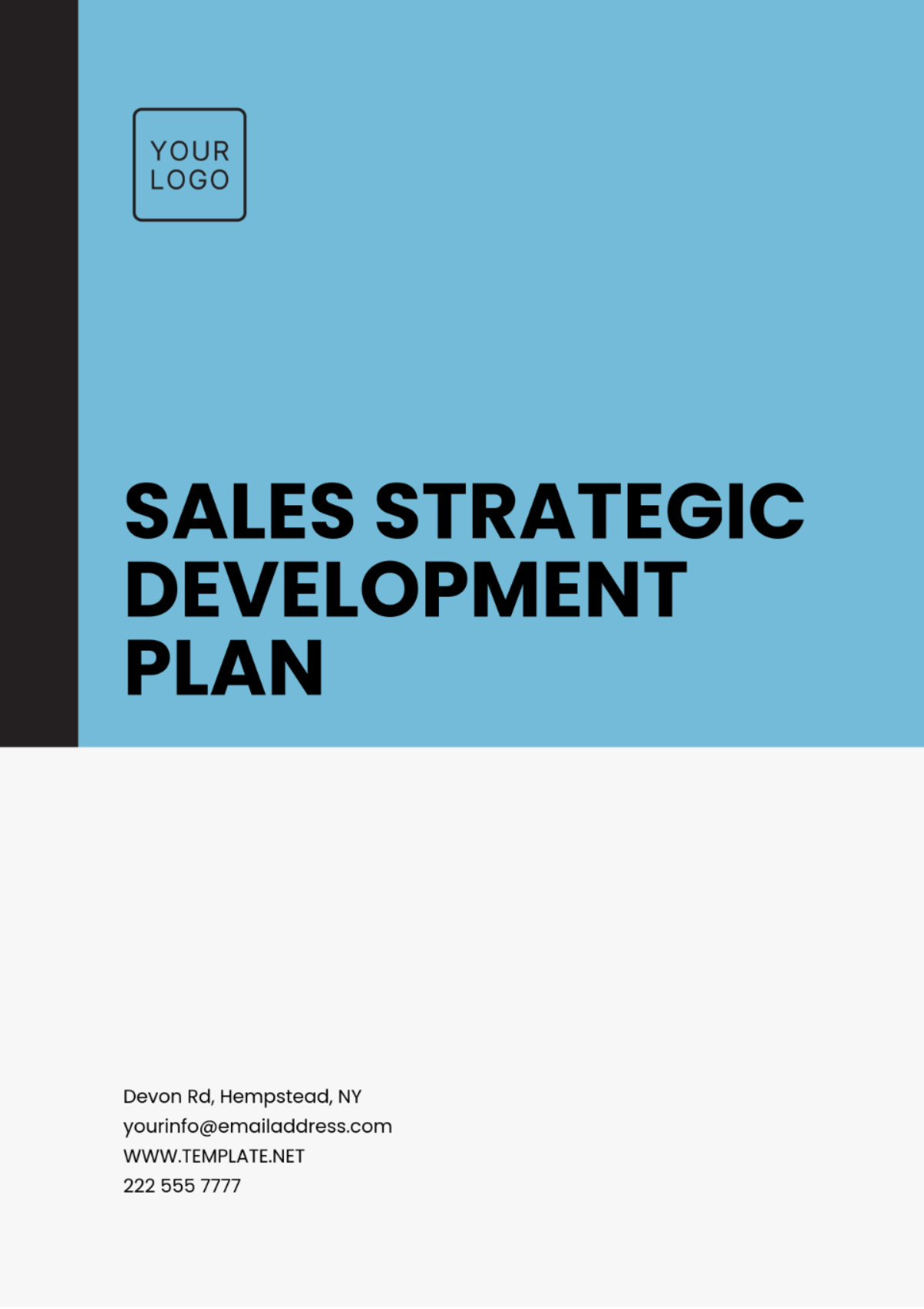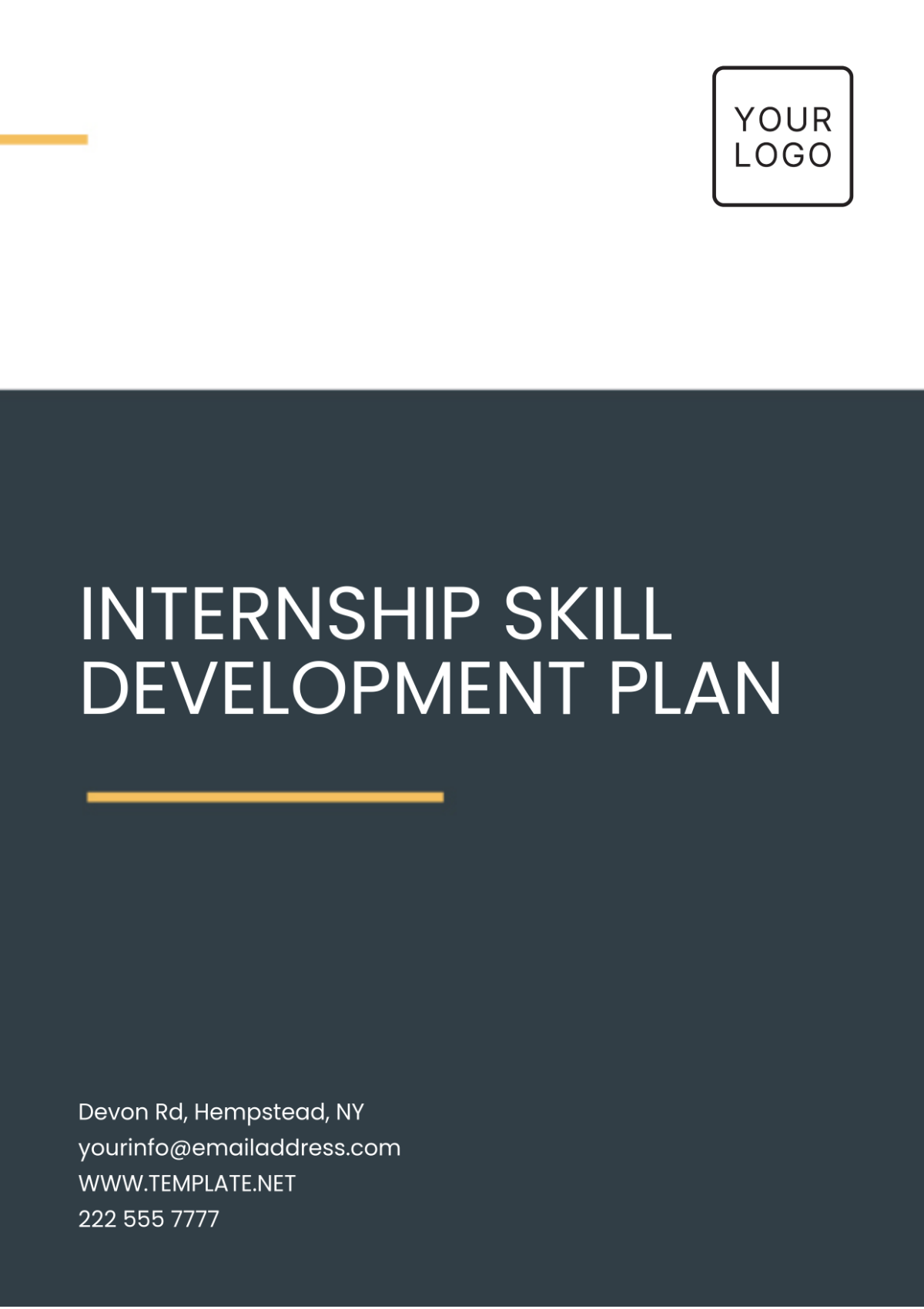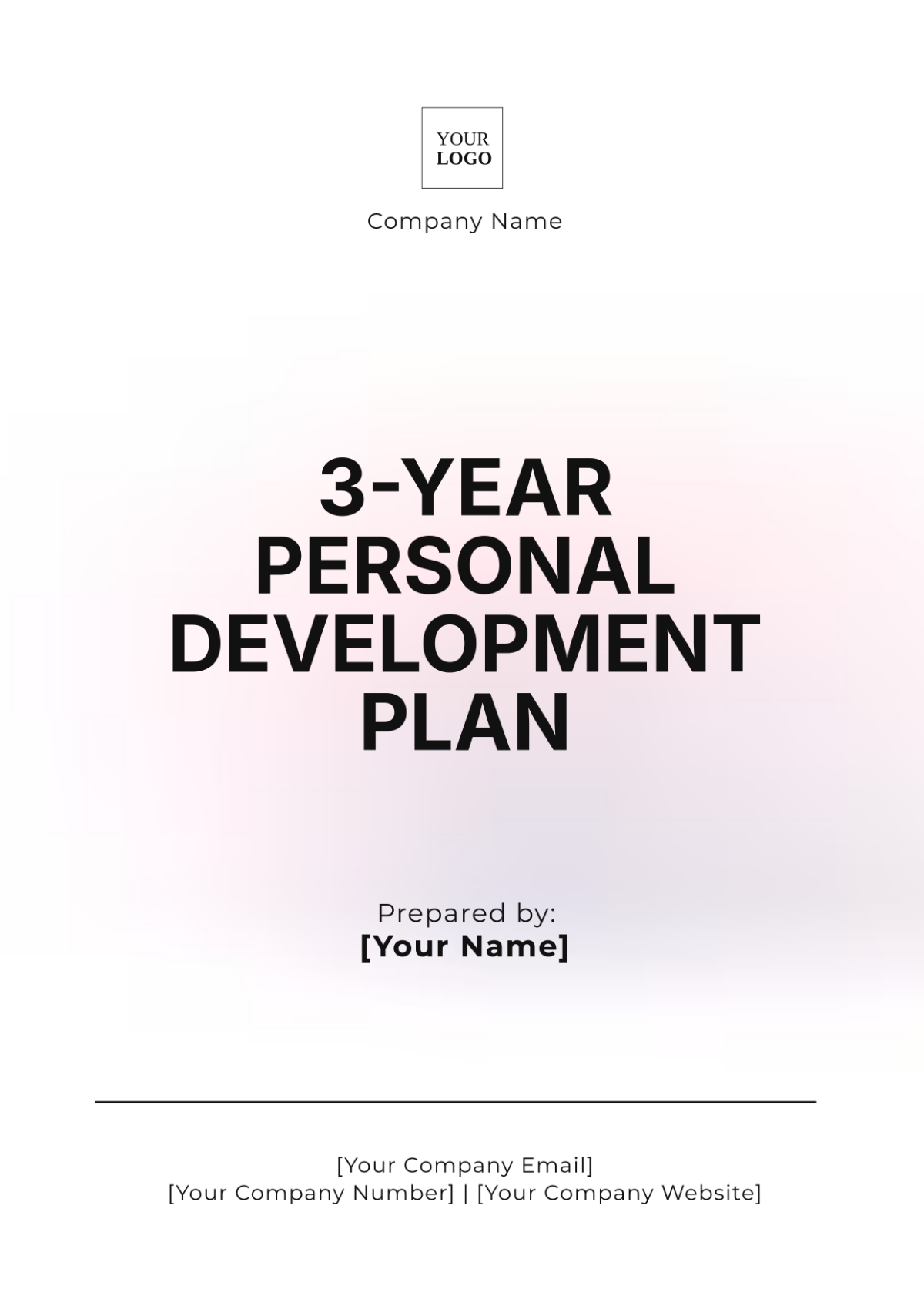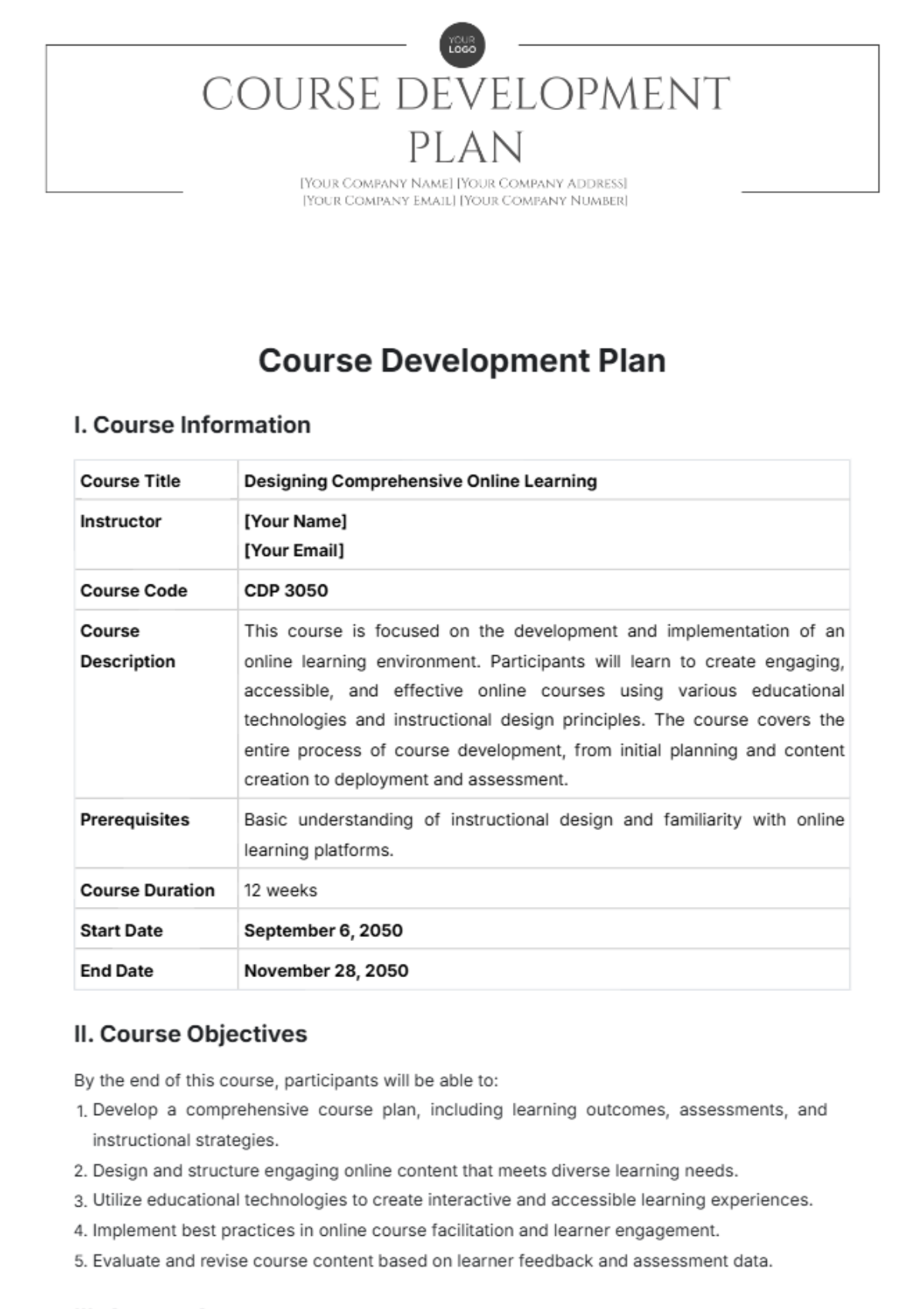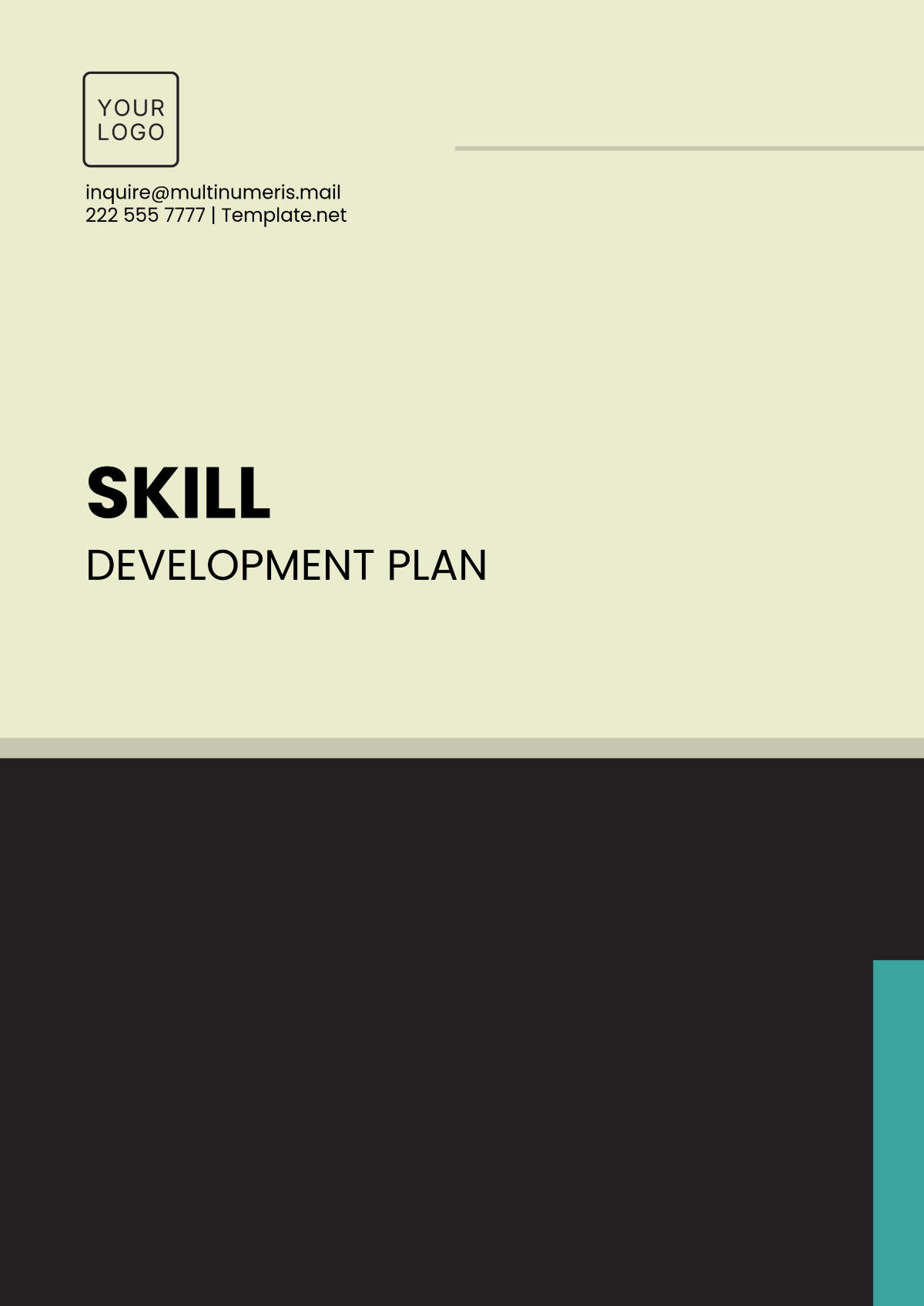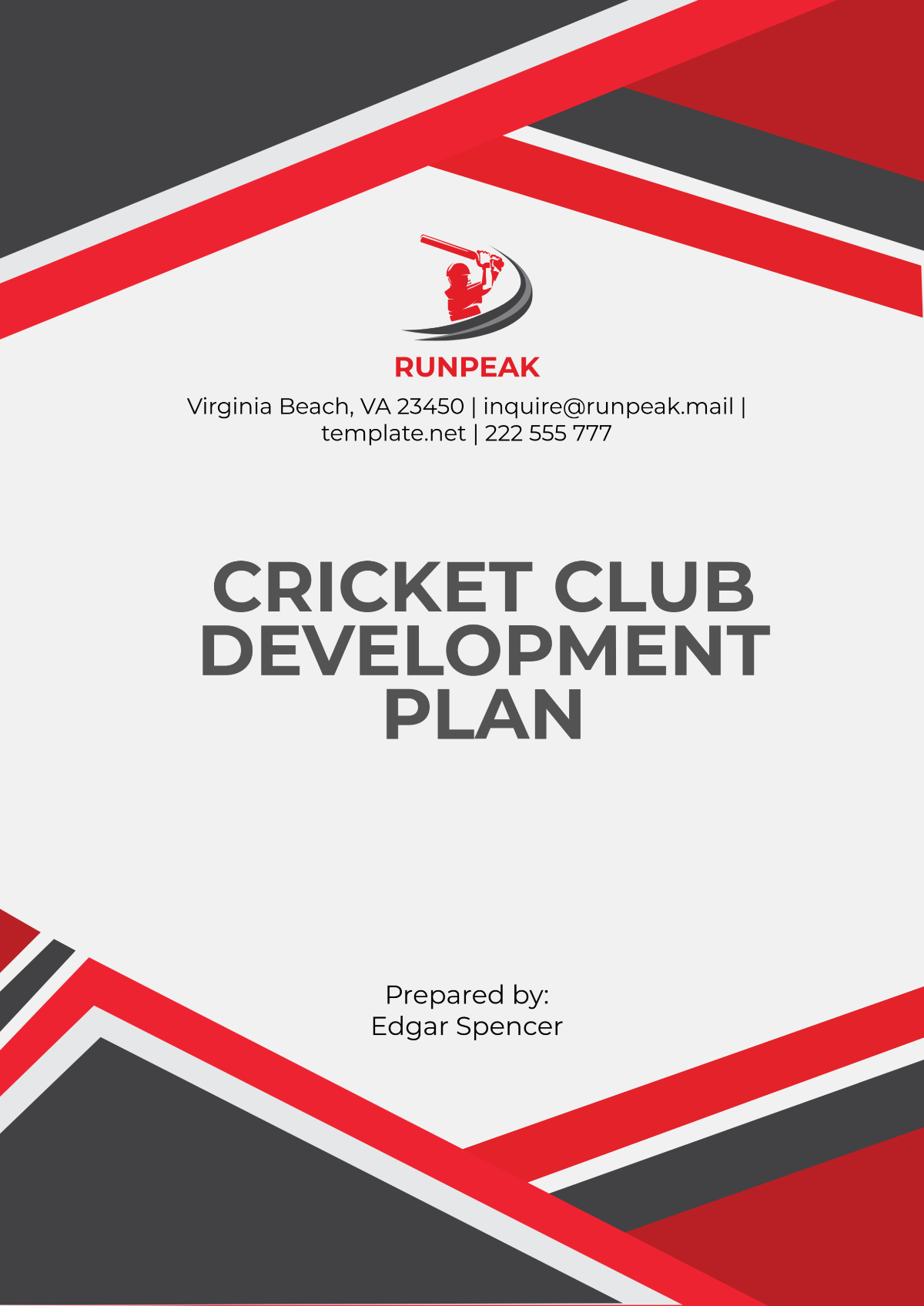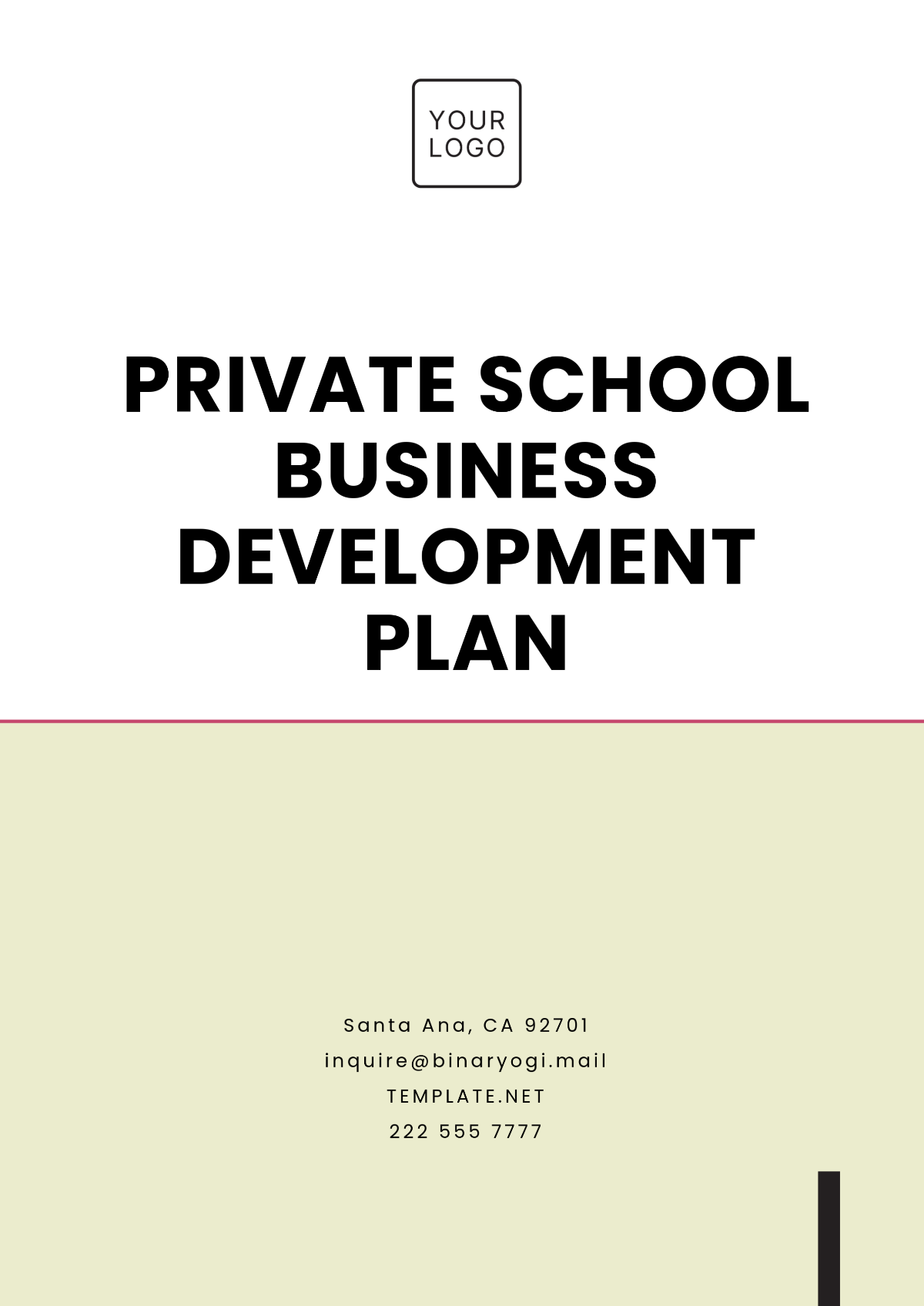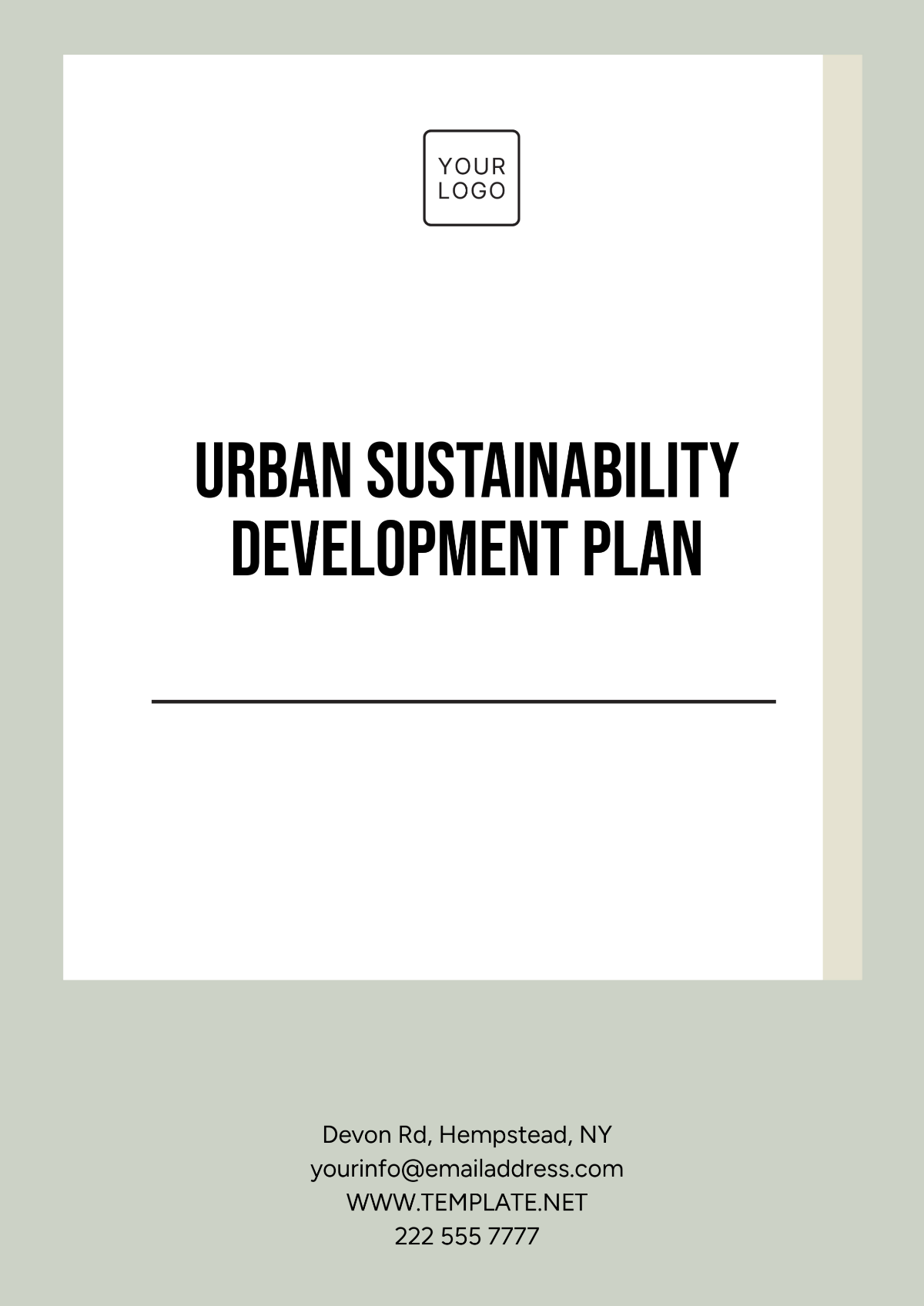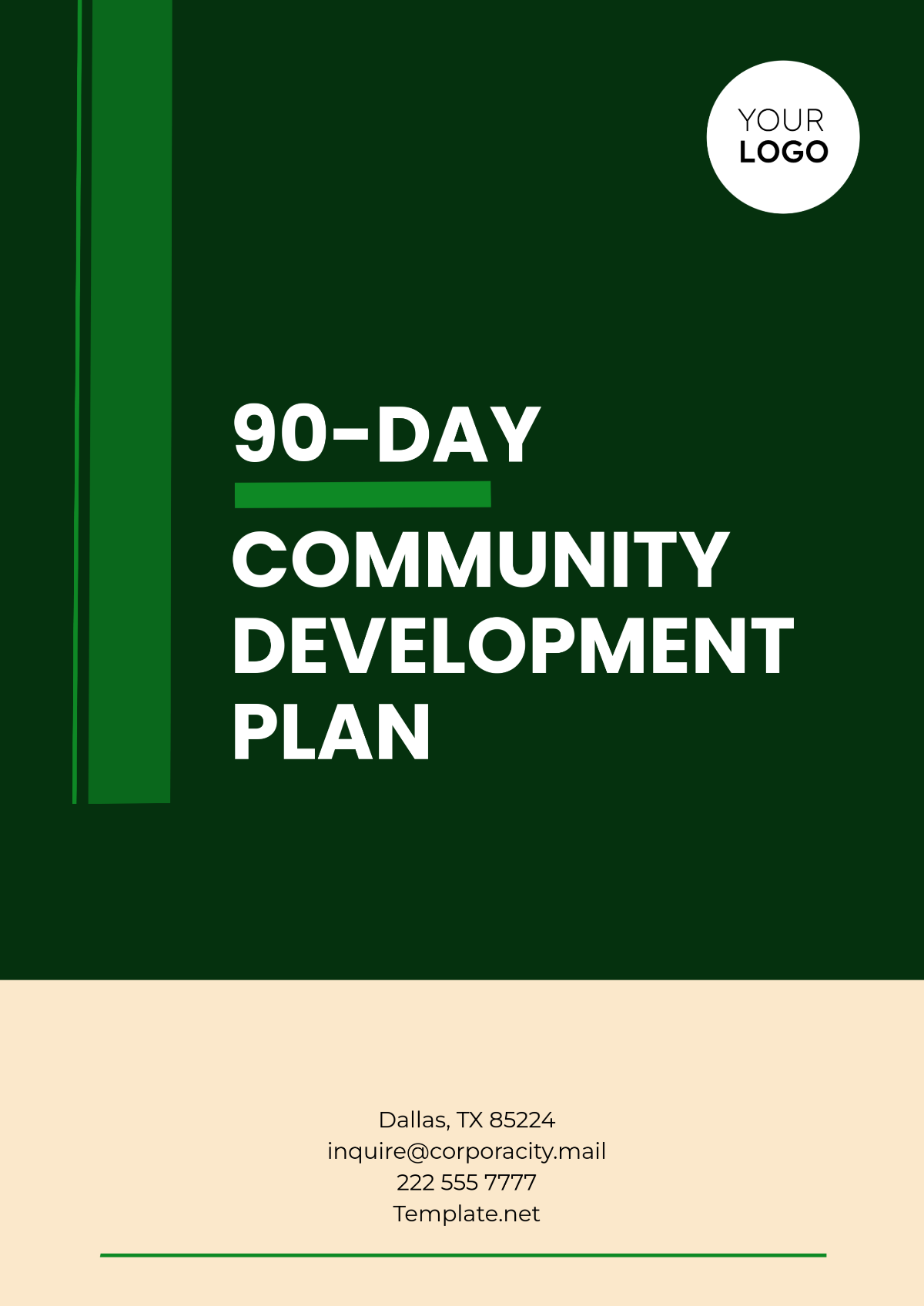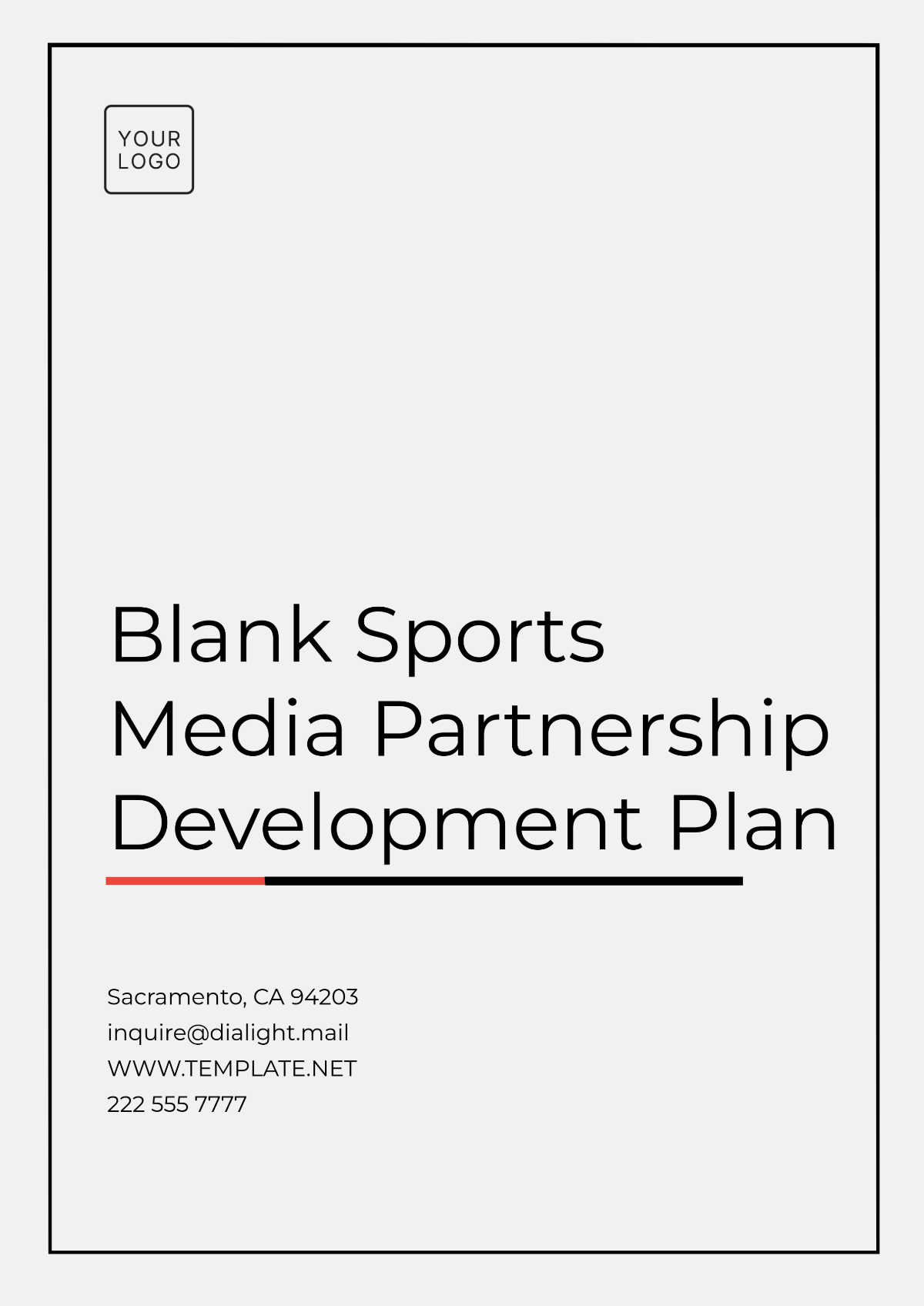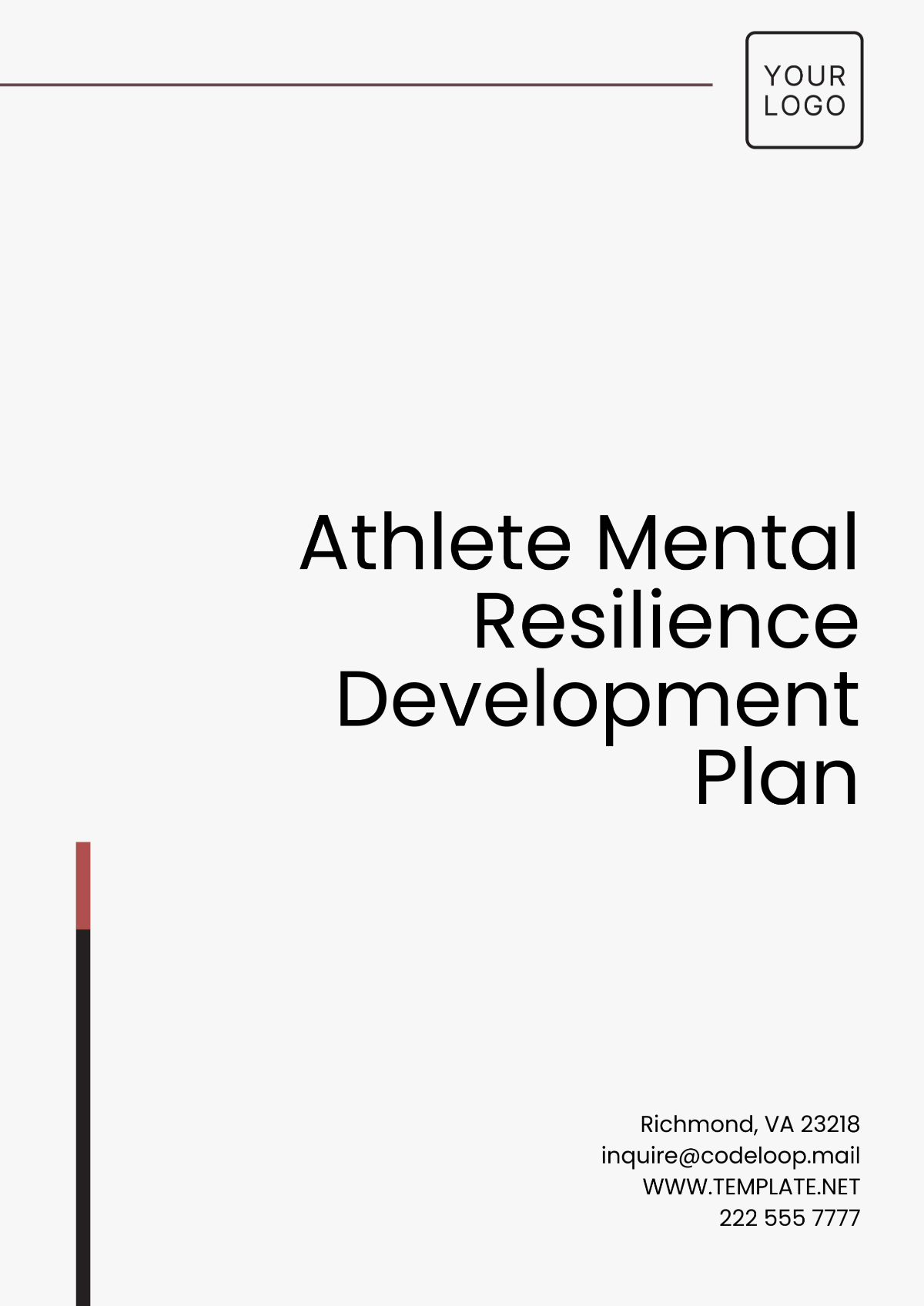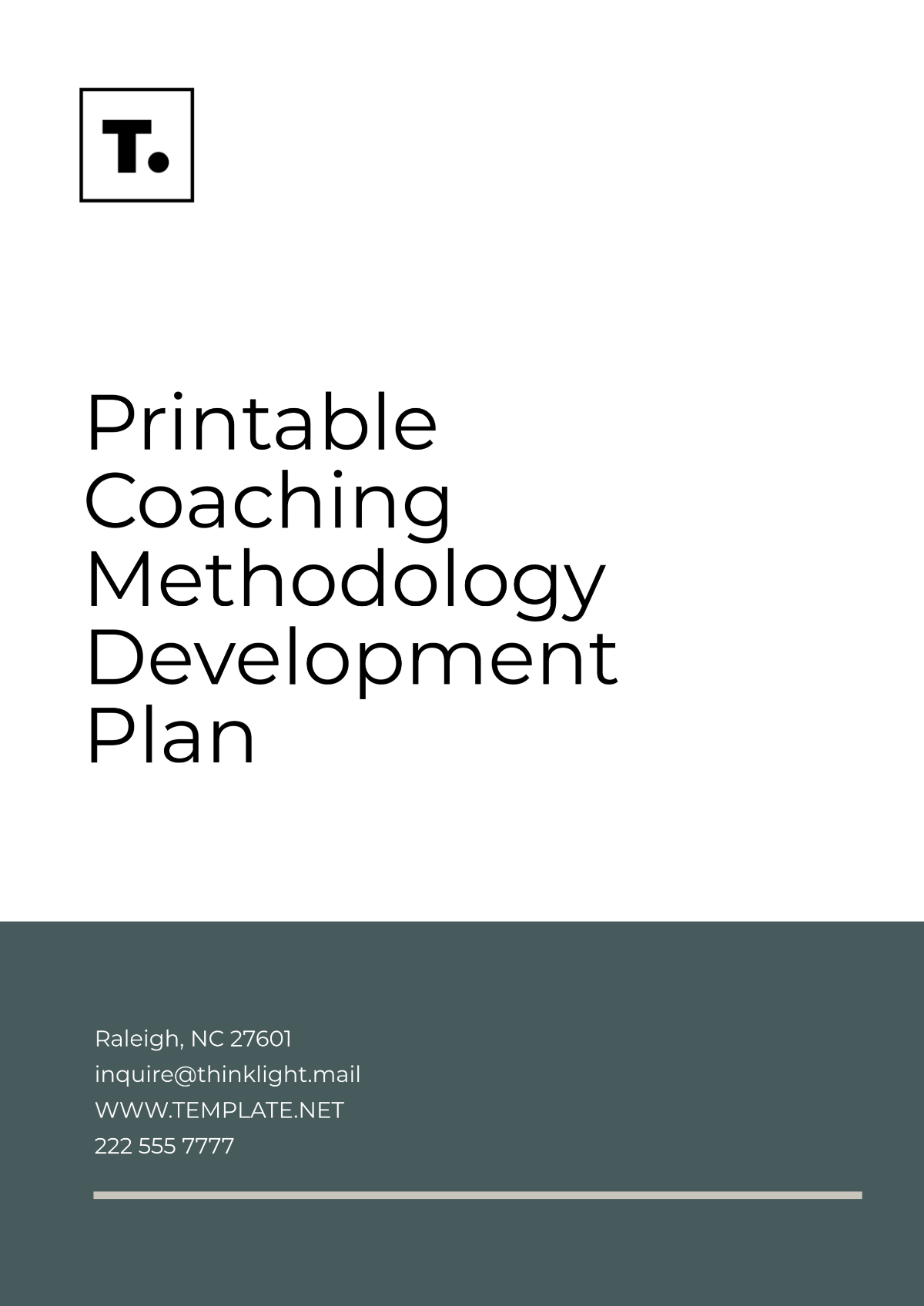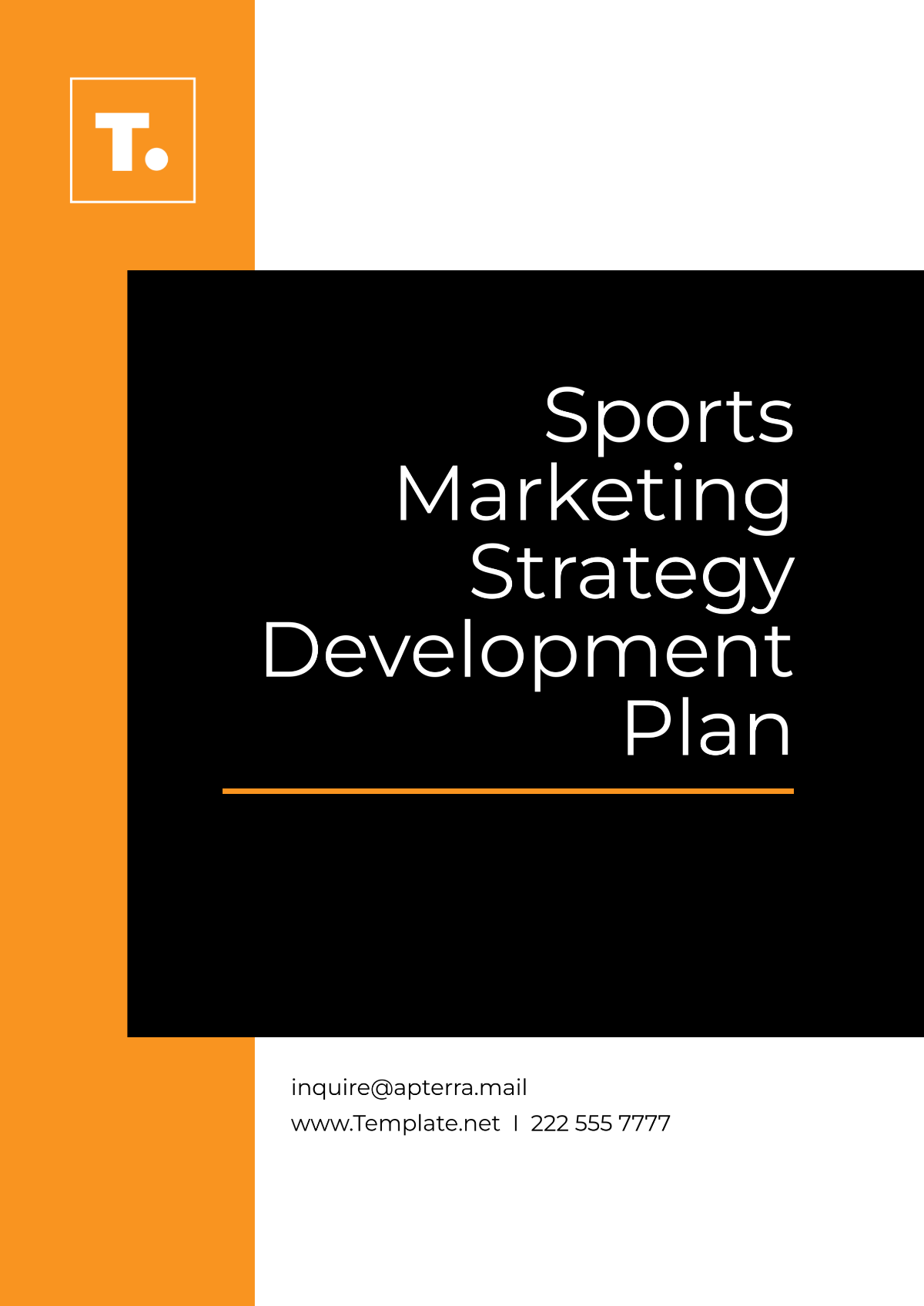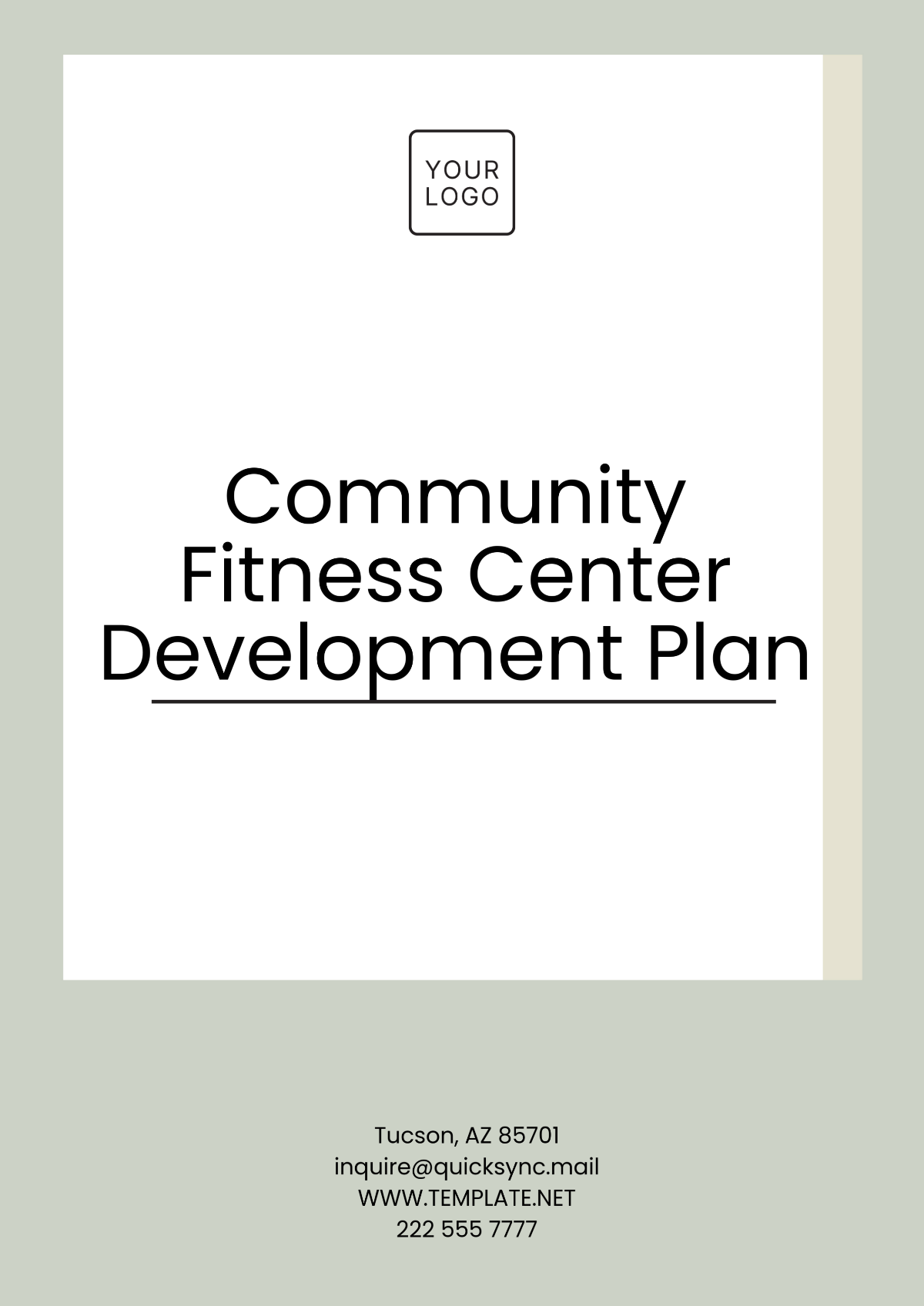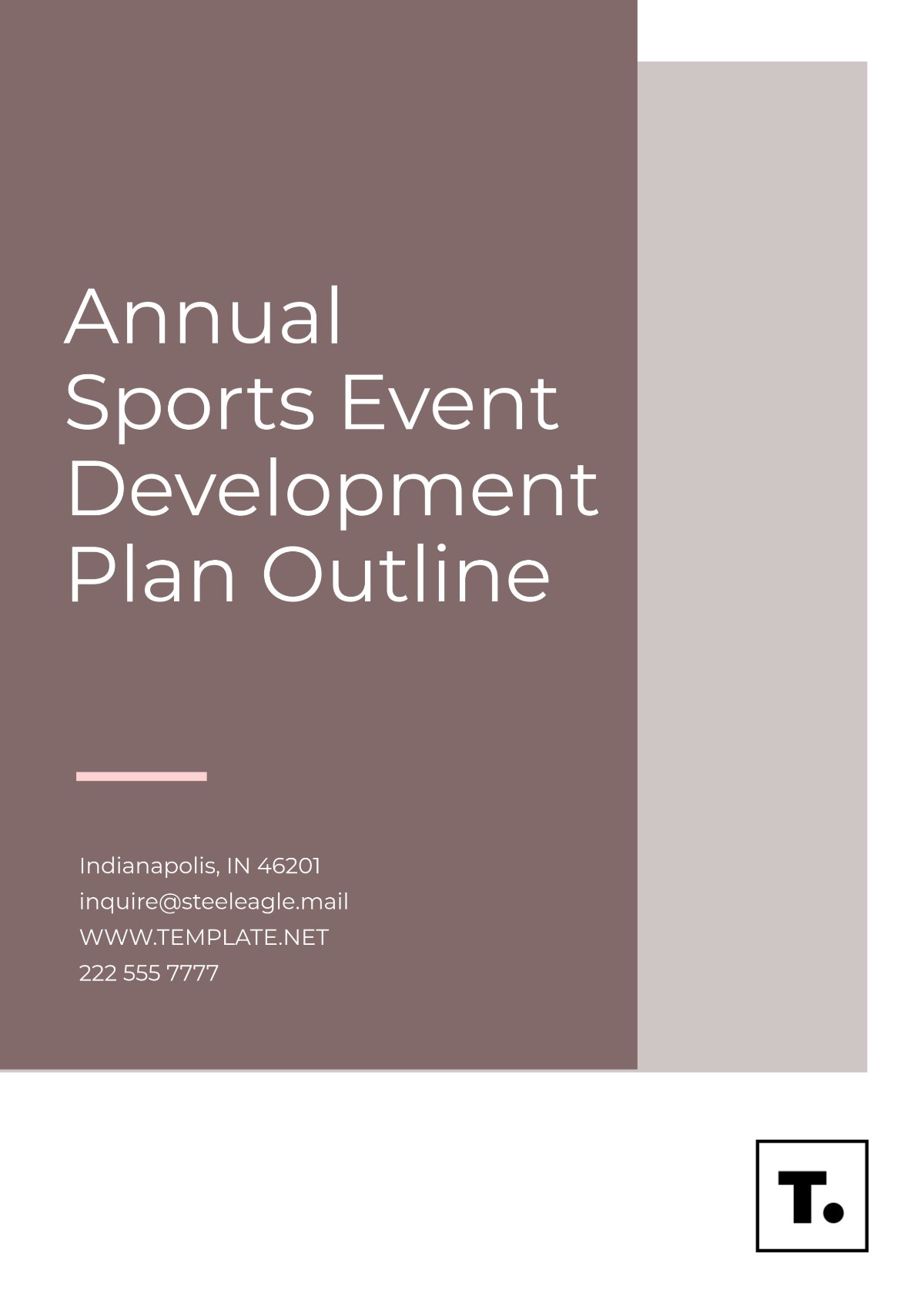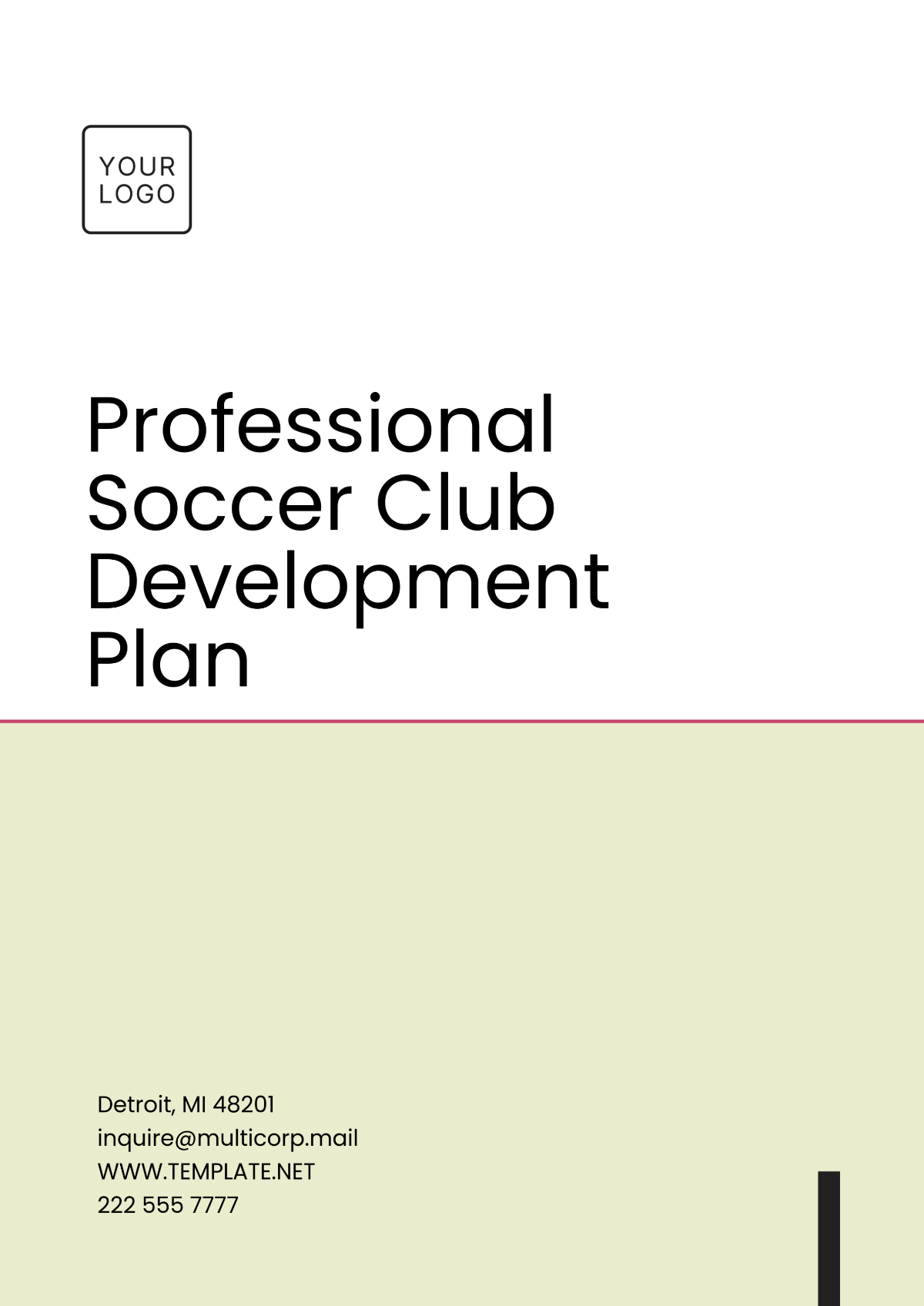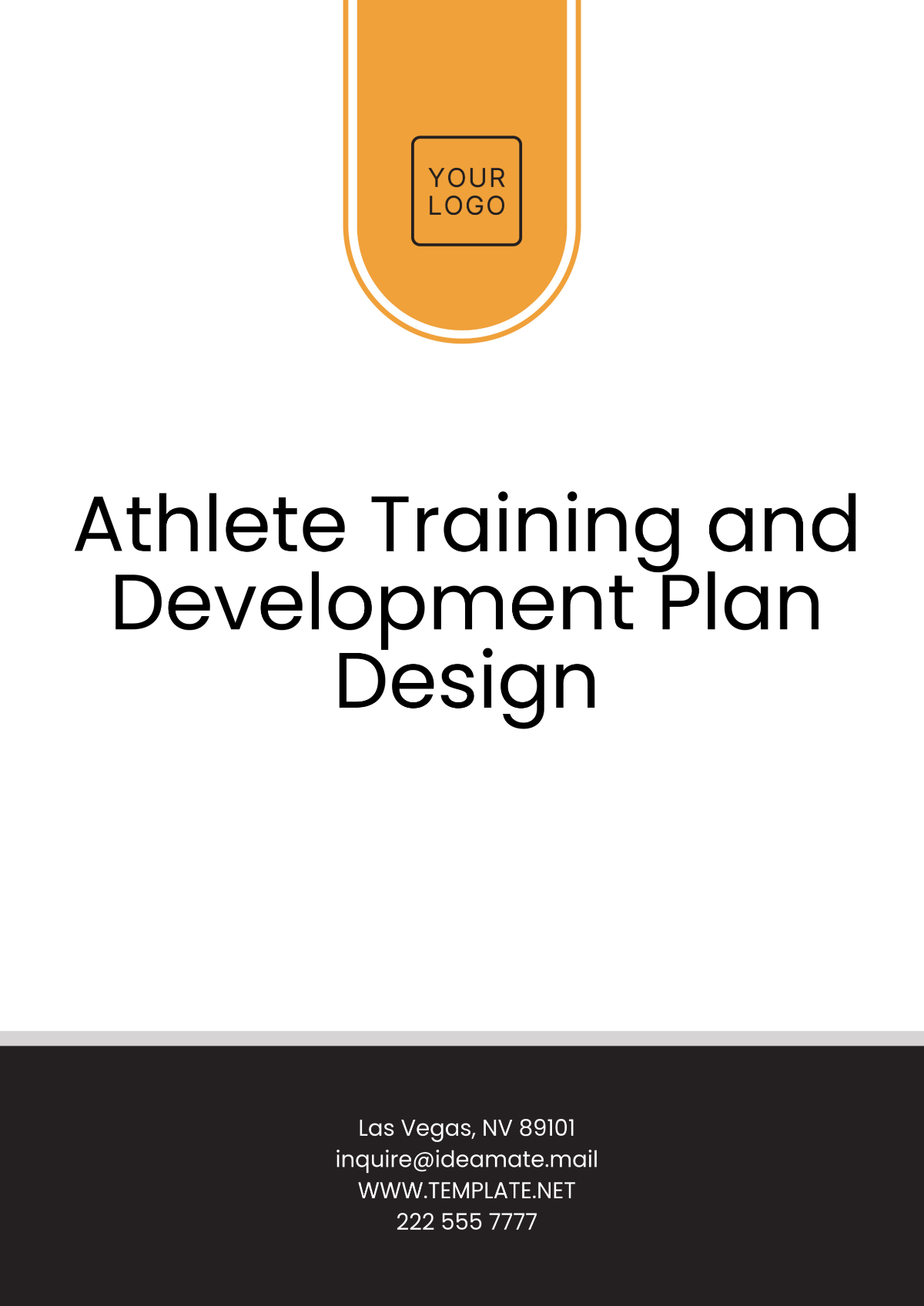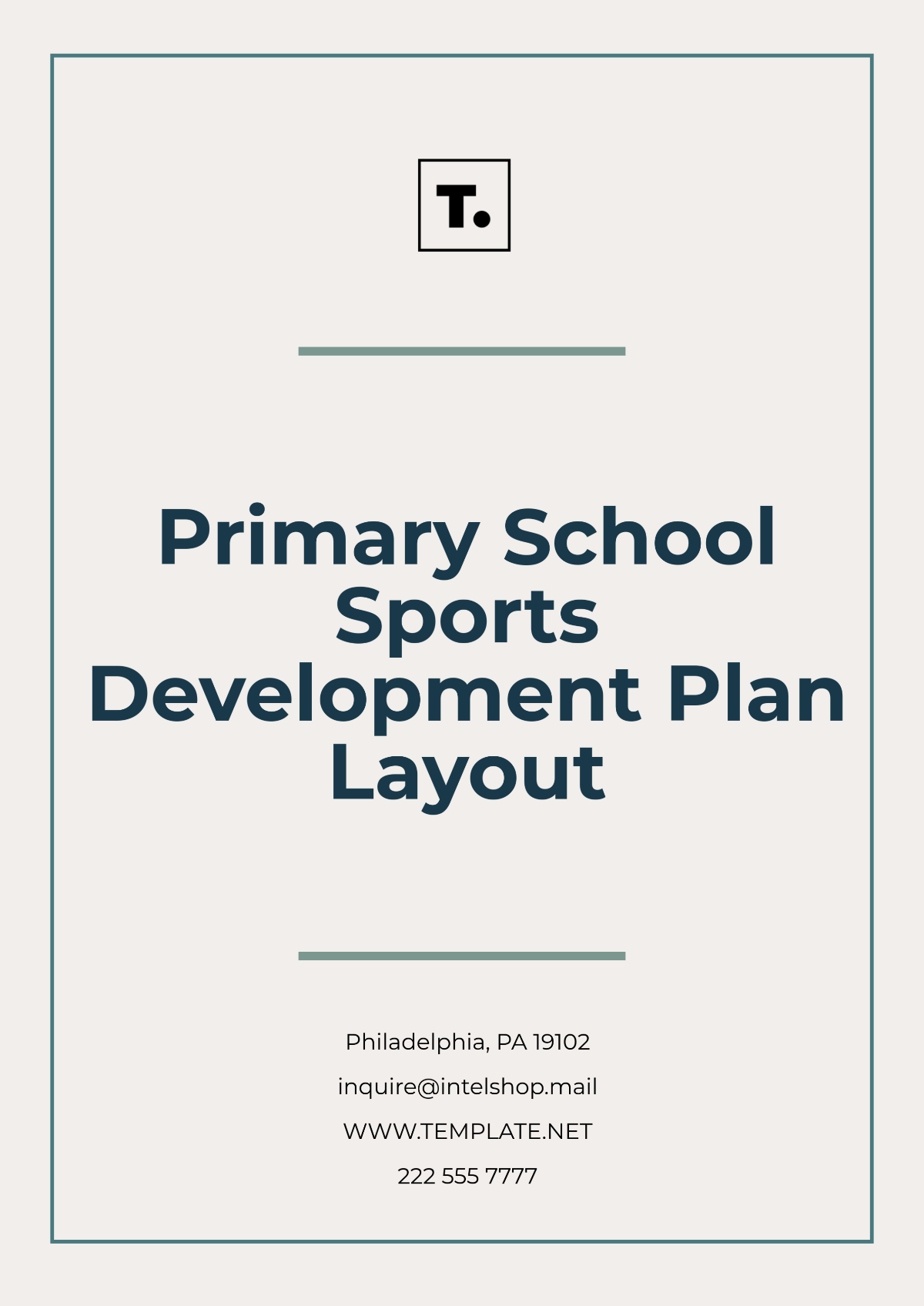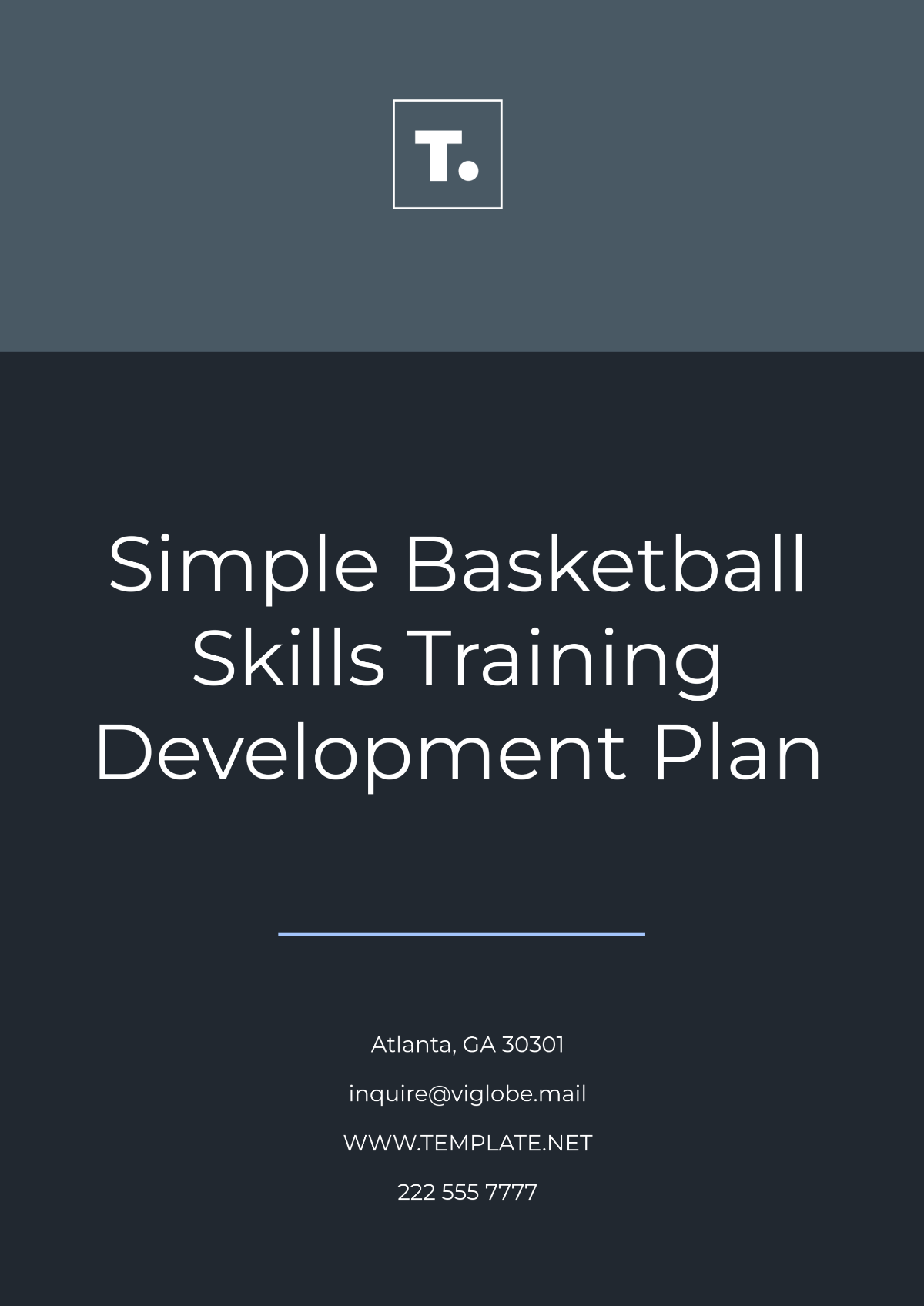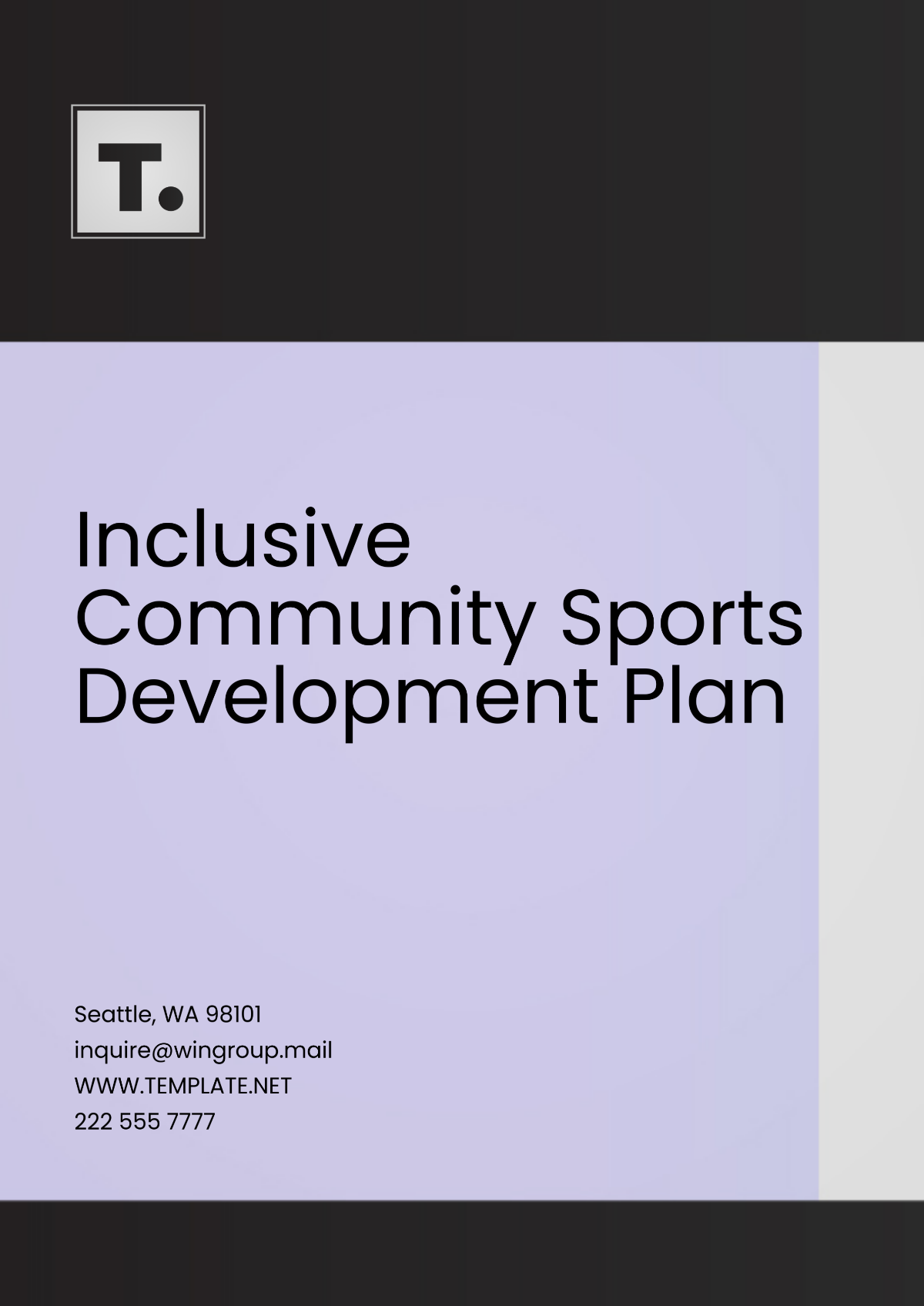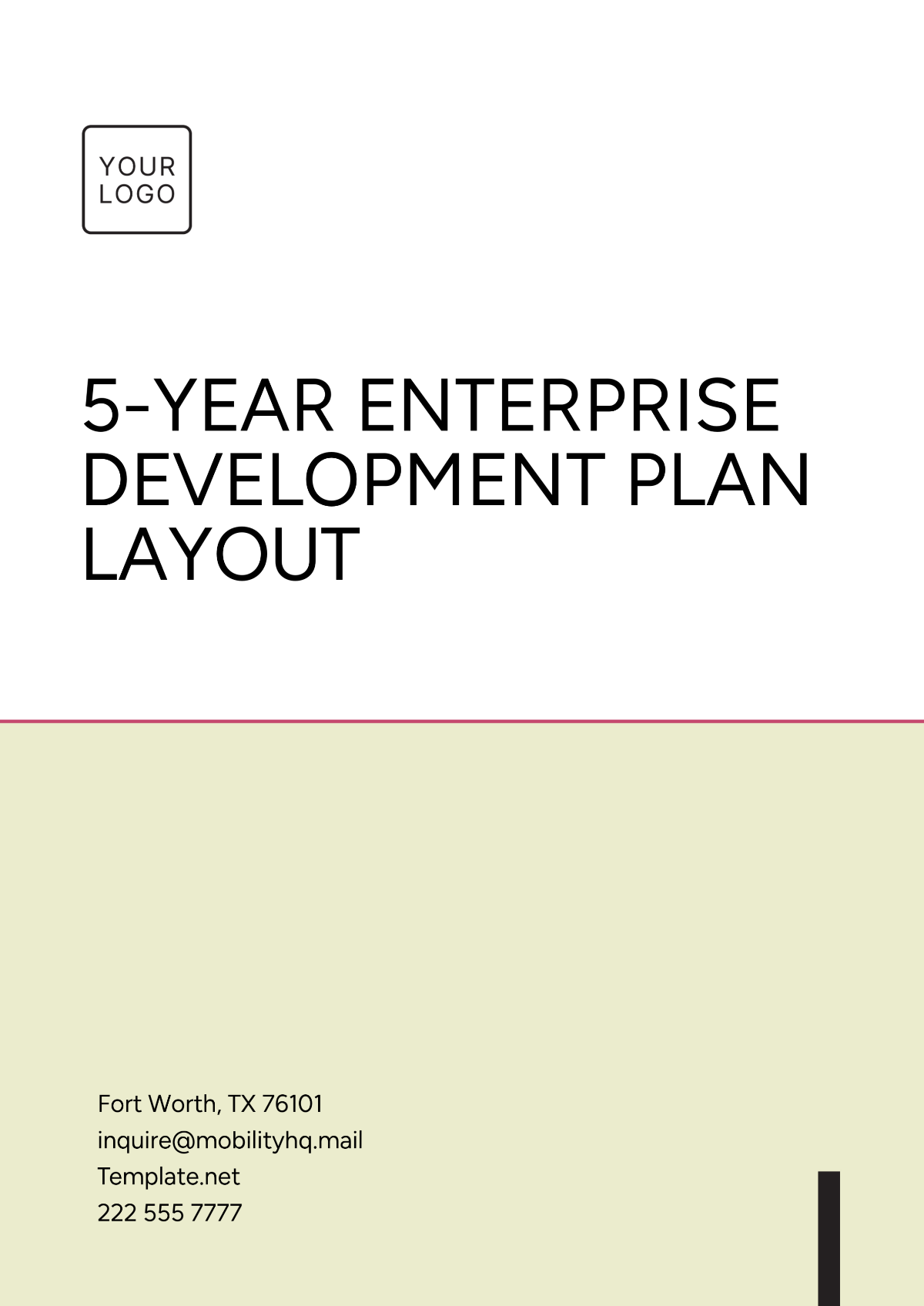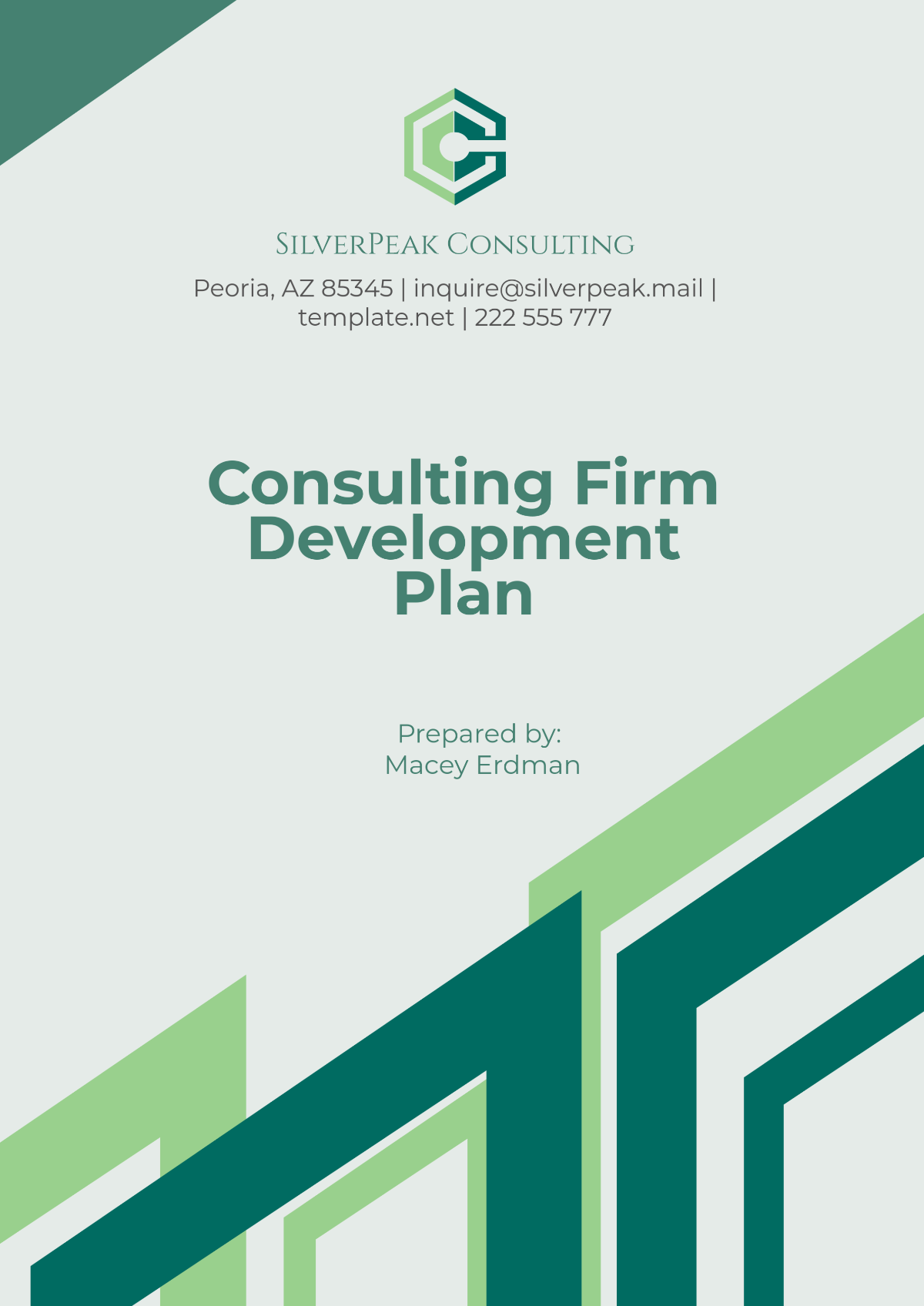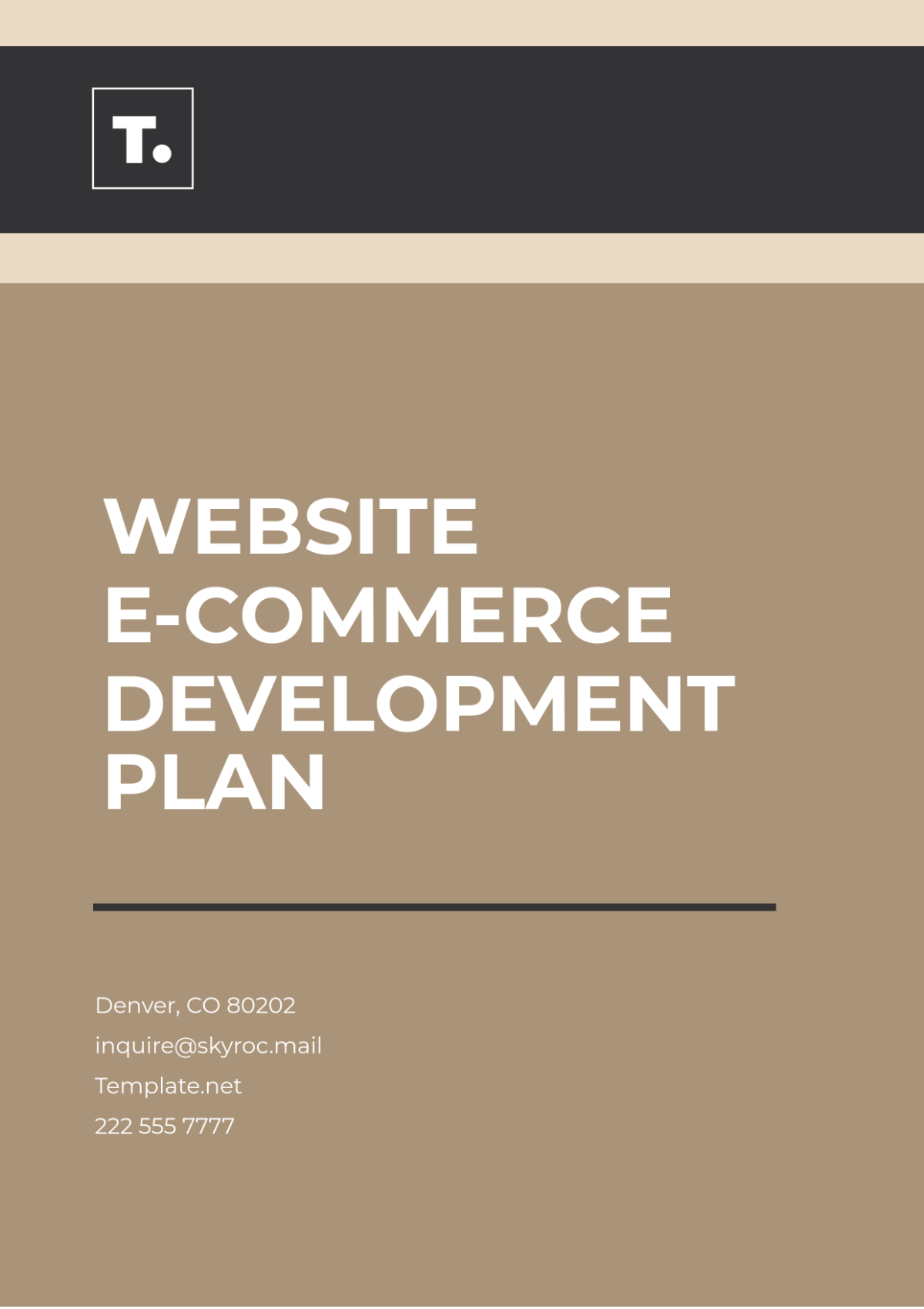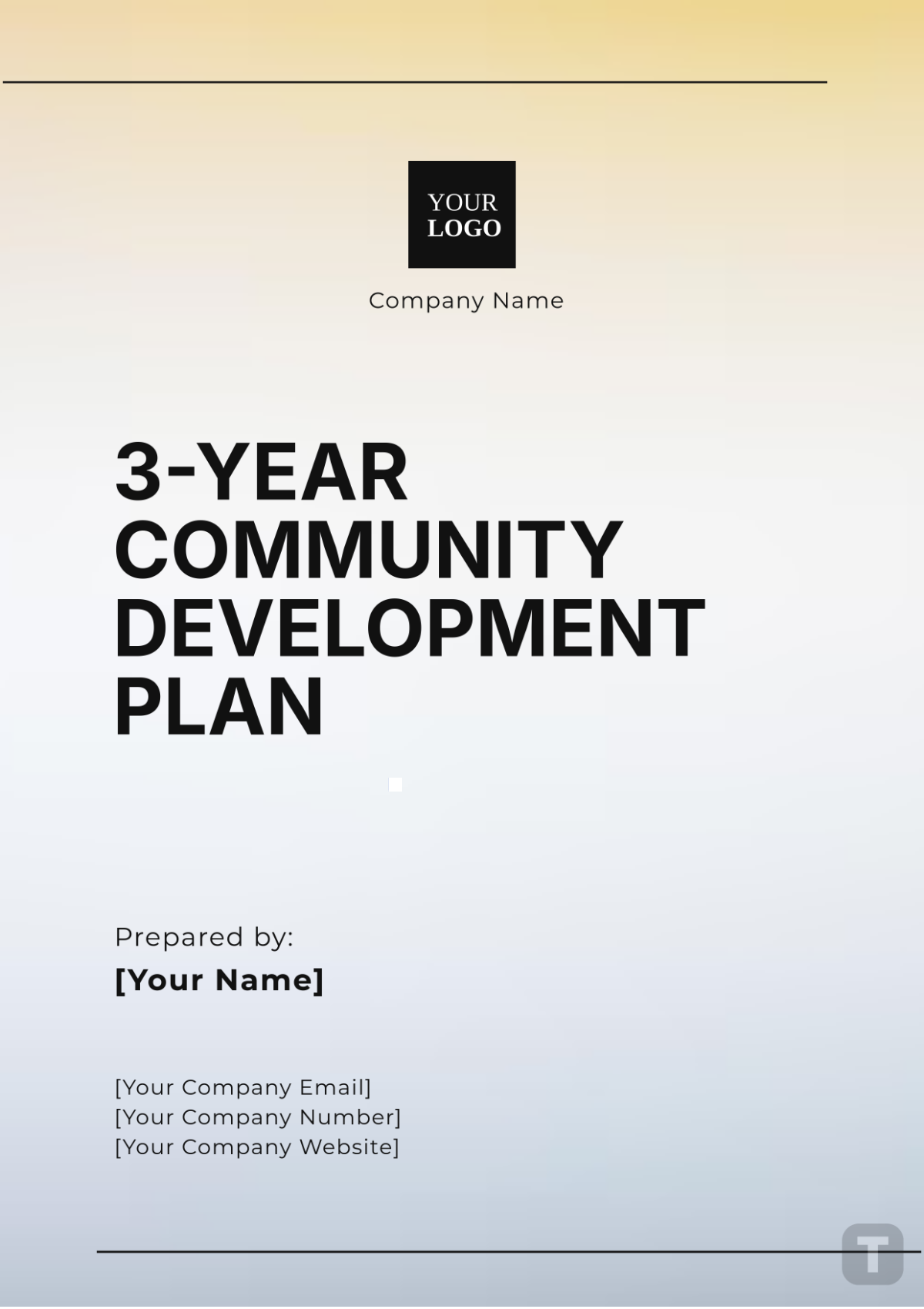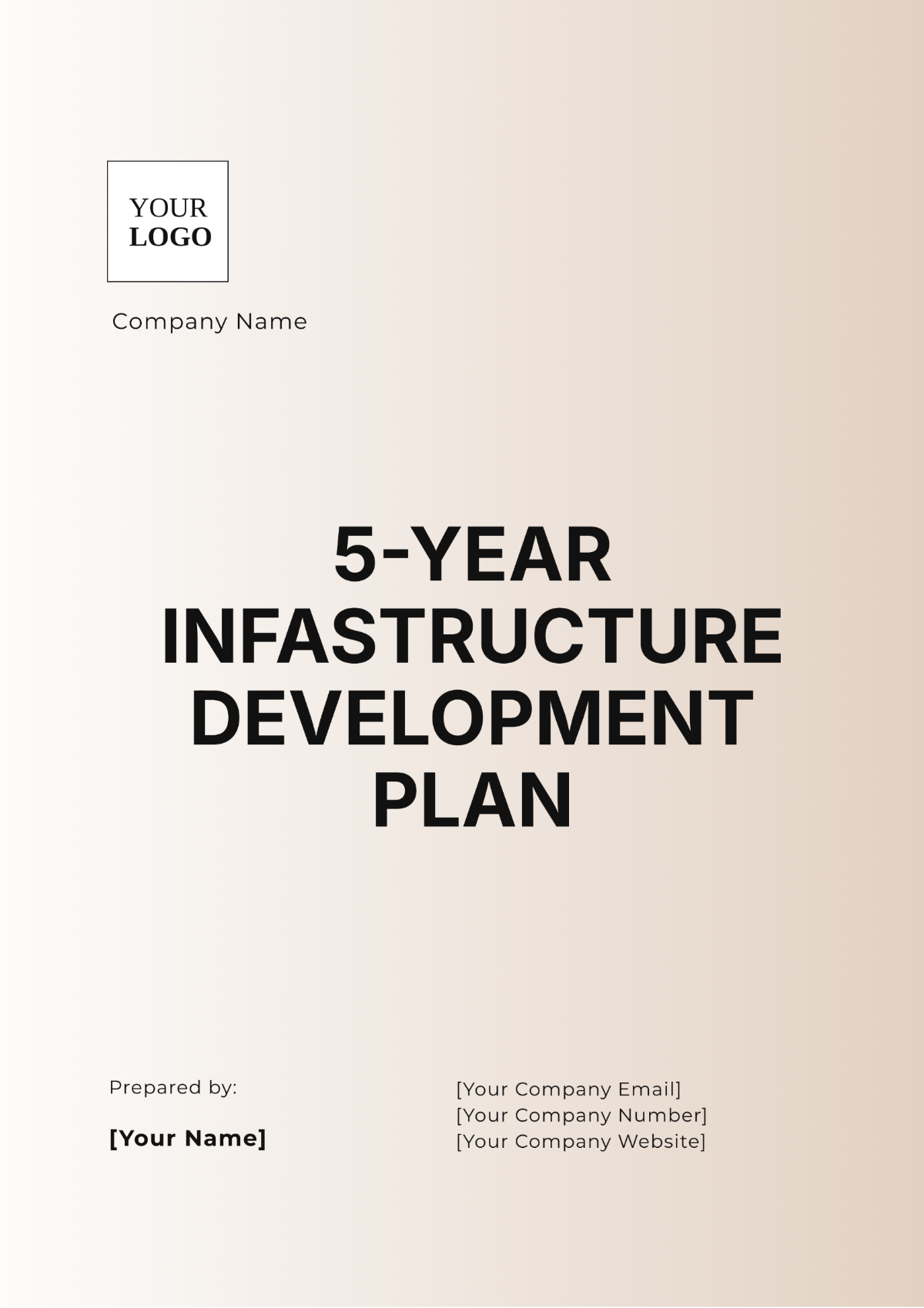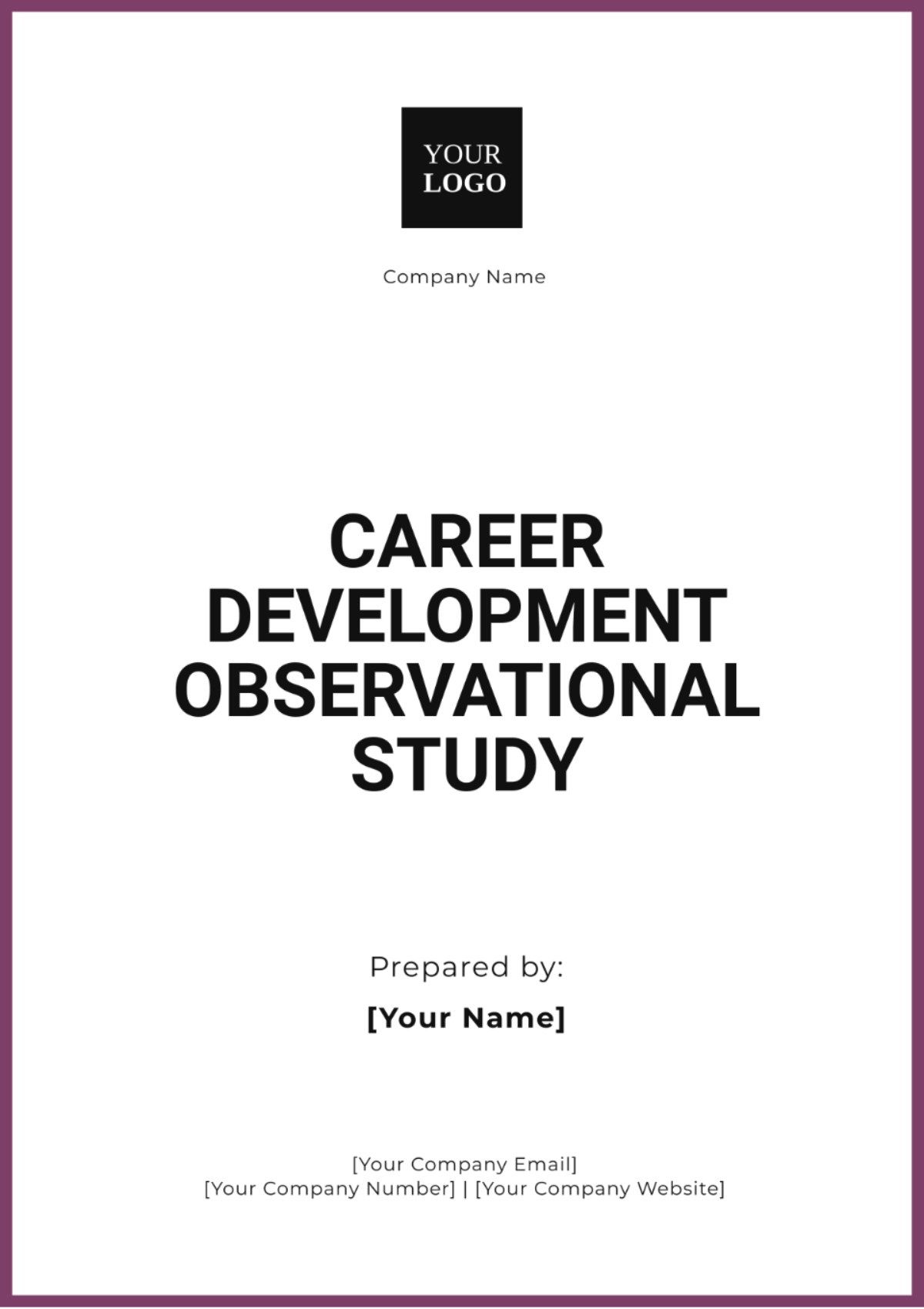Research and Development Plan
I. Executive Summary
A. Purpose
The purpose of this Research and Development (R&D) Plan is to outline the objectives, strategies, and key actions required to develop a new product for [YOUR COMPANY NAME]. This plan will guide the R&D team in their efforts to bring innovative solutions to the market, enhancing the company's competitive position.
B. Objectives
Create an eco-friendly household cleaner that satisfies market and consumer needs.
Enhance the company's product portfolio with innovative and sustainable solutions.
Achieve a 10% market share within the first year of product launch.
Ensure the product complies with all regulatory standards related to safety and environmental impact.
II. Market Analysis
A. Market Overview
The household cleaning products market is projected to grow by 5% annually over the next five years. Consumers are increasingly seeking eco-friendly and sustainable options, driven by growing environmental awareness.
B. Target Audience
Primary: Households consisting of individuals aged between twenty-five and forty-five who are environmentally conscious and have a strong preference for purchasing and using products that are deemed sustainable.
Secondary: Commercial cleaning companies that are in search of options that are environmentally friendly and align with sustainable practices.
C. Competitor Analysis
Competitor | Strengths | Weaknesses |
|---|---|---|
GraceSpace | Established brand, extensive distribution | Higher price point |
Brandopia | Strong marketing, eco-certifications | Limited product range |
MaraTime | Affordable, good customer reviews | Smaller market presence |
III. Product Development Strategy
A. Concept Development
The new product will be a biodegradable, plant-based multi-surface cleaner with a fresh citrus scent. Its unique selling points include non-toxic ingredients, recyclable packaging, and a 100% satisfaction guarantee.
B. Feasibility Study
Technical Viability: Availability of raw materials, and production capabilities.
Financial Viability: Projected costs vs. potential revenue.
Operational Viability: Production timelines, supply chain logistics.
C. Prototyping
Test effectiveness on various surfaces.
Evaluate consumer preferences through focus groups.
Refine formula and packaging based on feedback.
IV. Research and Development Process
A. Research Phase
Utilize market research surveys, focus groups, and competitive analysis to gather insights. Technology assessments will explore the latest advancements in eco-friendly cleaning agents.
B. Development Phase
Design: Create product formulations and packaging designs.
Engineering: Develop production processes and machinery specifications.
Testing: Conduct rigorous performance and safety tests.
C. Testing and Validation
Performance Testing: Ensure the product effectively cleans various surfaces.
Safety Testing: Verify non-toxicity and hypoallergenic properties.
Compliance Testing: Ensure adherence to environmental and safety regulations.
V. Project Management
A. Timeline
Milestone | Expected Completion Date |
|---|---|
Concept Approval | January 2051 |
Feasibility Study Completion | March 2051 |
Prototype Development | June 2051 |
Testing and Validation | September 2051 |
Product Launch | January 2052 |
B. Budget
Expense Category | Estimated Cost (USD) |
|---|---|
Research and Development | $500,000 |
Prototyping | $200,000 |
Testing and Validation | $150,000 |
Marketing and Launch | $300,000 |
Total | $1,150,000 |
C. Resources
Personnel: R&D team, marketing specialists, product engineers.
Equipment: Laboratory facilities, prototyping tools, testing equipment.
Facilities: R&D lab, production site, distribution center.
VI. Risk Management
A. Risk Assessment
Analyze and assess potential risks, including those associated with disruptions in the supply chain, alterations or updates to regulatory frameworks, and challenges related to the acceptance of the market or consumer base.
B. Mitigation Strategies
Supply Chain: To ensure steady raw material supply and production stability, it's crucial to build relationships with diverse suppliers.
Regulatory: Ensure that you regularly keep up with regulatory changes or updates and actively participate in discussions or consultations with compliance experts.
Market Acceptance: Conduct a detailed evaluation of the product with diverse consumer input via surveys, focus groups, and interviews. Analyze feedback to identify improvements and adjust the product to enhance user satisfaction.
VII. Regulatory and Compliance
A. Regulatory Requirements
The product must comply with regulations established by government organizations like the Environmental Protection Agency, abbreviated as EPA, and the Consumer Product Safety Commission, abbreviated as CPSC.
B. Compliance Plan
Regular consultations with regulatory experts.
Thorough documentation of all testing and safety assessments.
Continuous monitoring of regulatory updates.
VIII. Communication Plan
A. Stakeholder Engagement
Facilitate the active involvement of important stakeholders by providing them with regular updates and organizing meetings consistently. Make certain that there is a clear flow of information and a spirit of collaboration across all departments involved.
B. Reporting
Implement monthly progress reports and quarterly review meetings to track the project’s status and address any issues promptly.
IX. Conclusion
A. Summary
This R&D Plan outlines the comprehensive approach [YOUR COMPANY NAME] will take to develop and launch an innovative, eco-friendly household cleaning product. By adhering to this plan, we aim to achieve our market share goals and reinforce our commitment to sustainability.
B. Next Steps
Immediate next steps include finalizing the project team, initiating the feasibility study, and commencing concept development.
